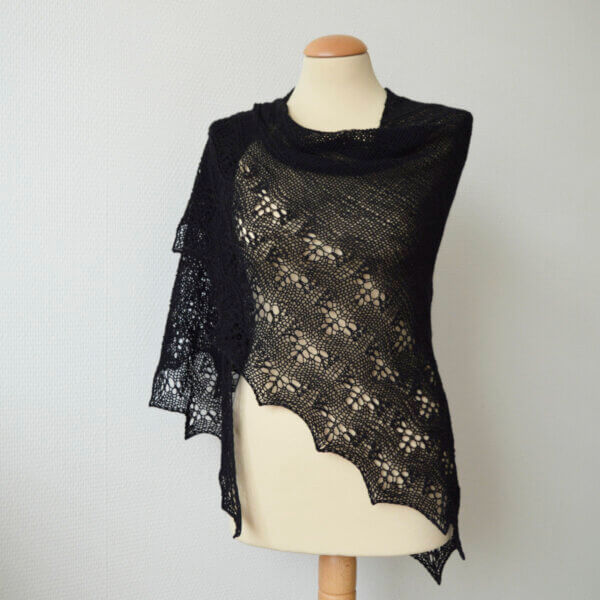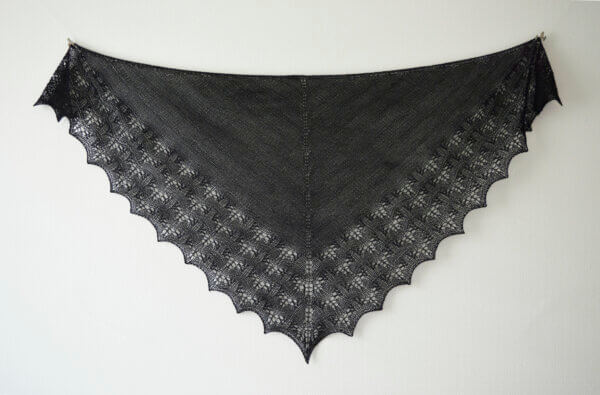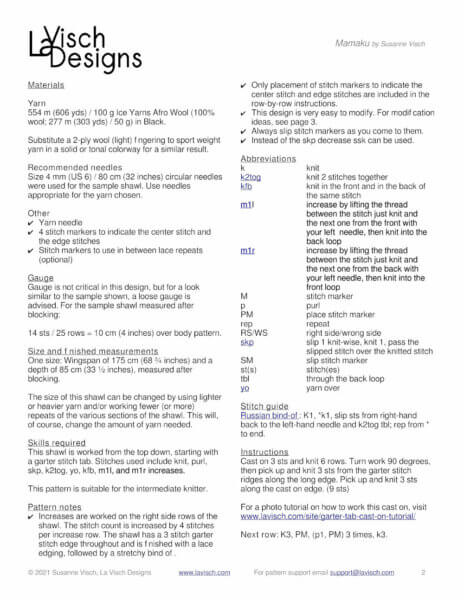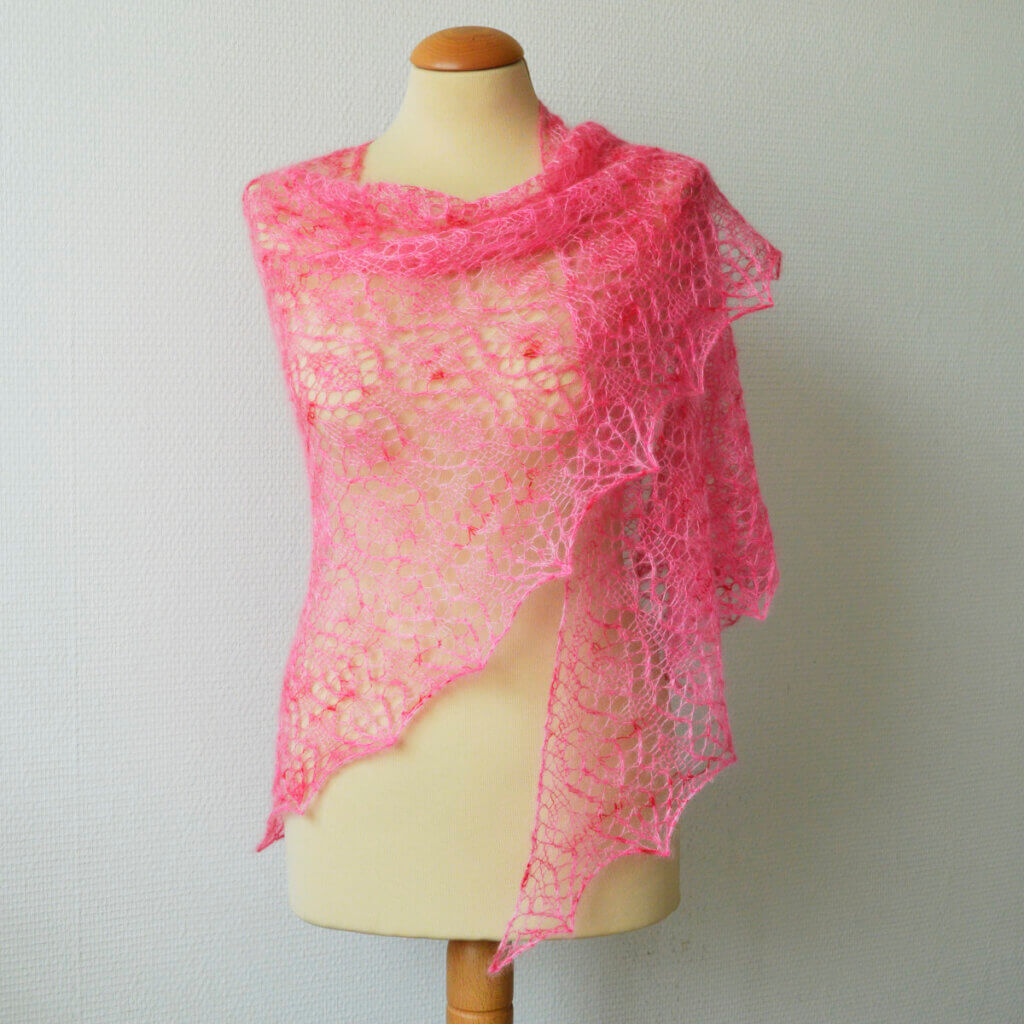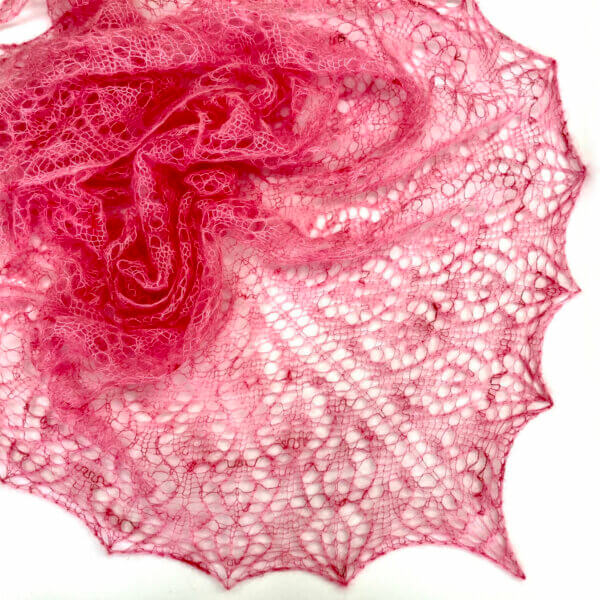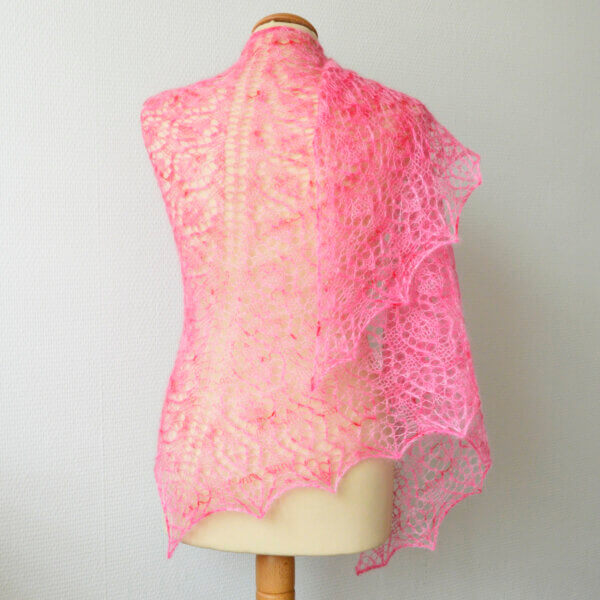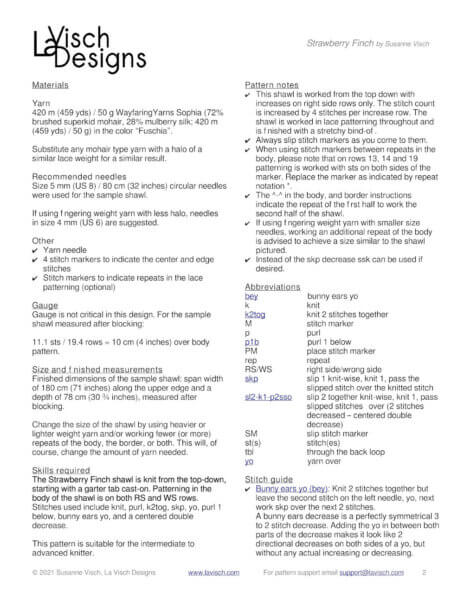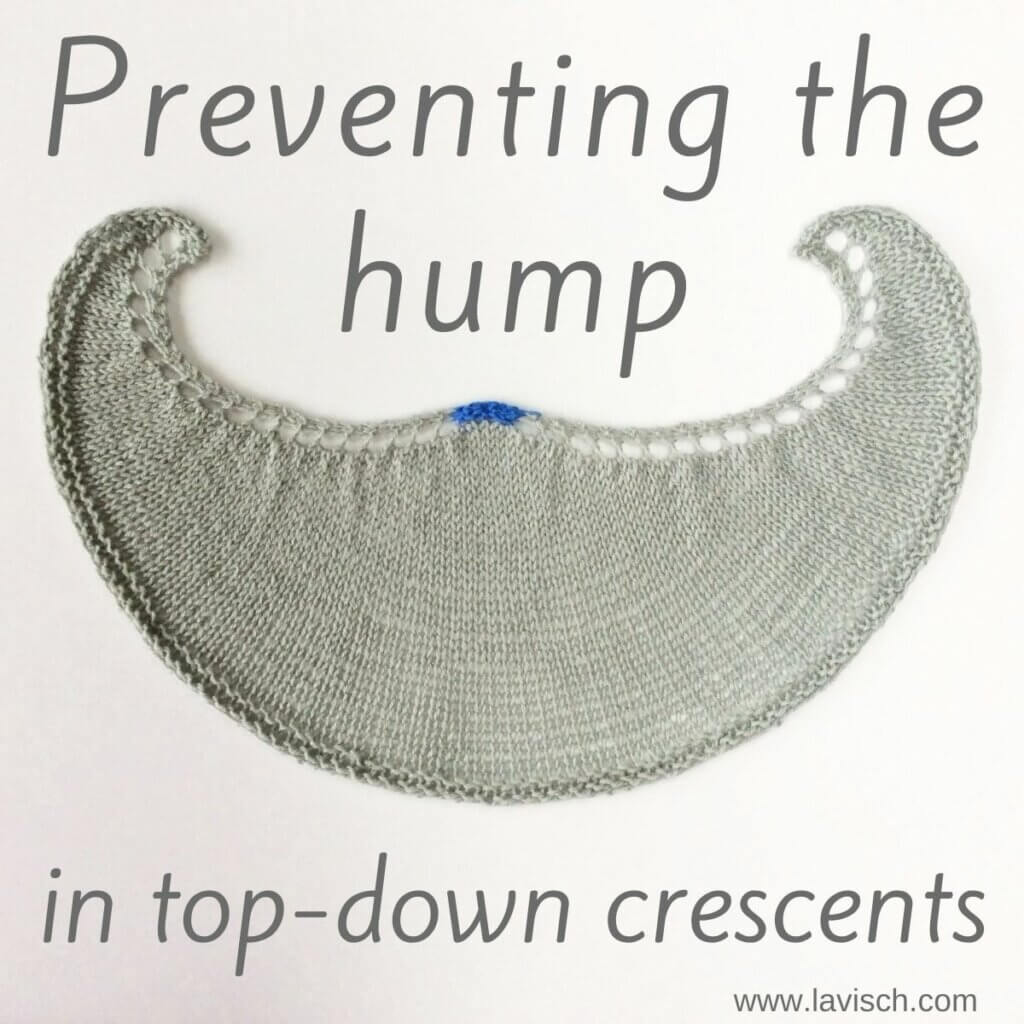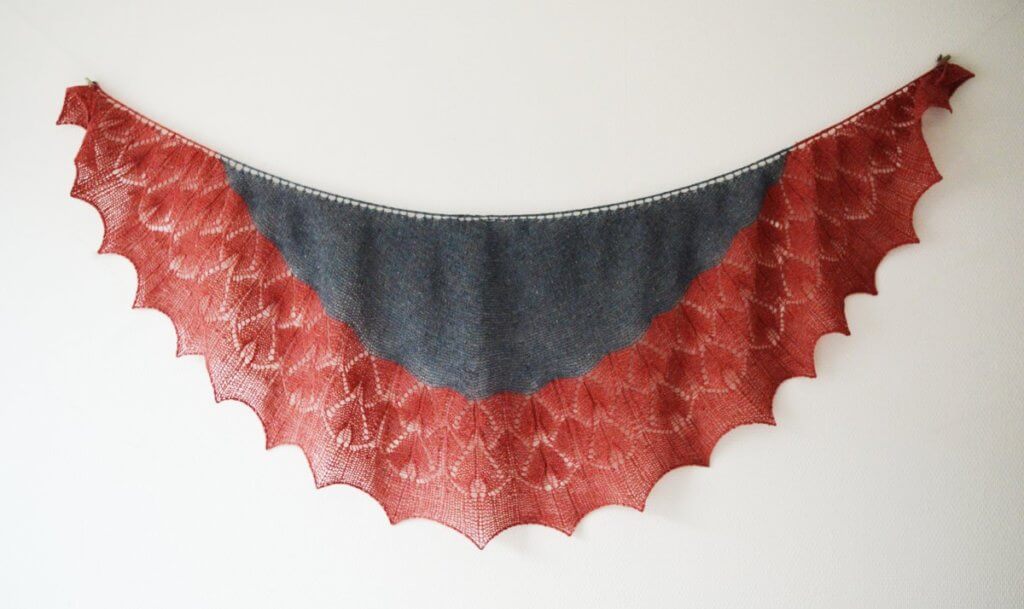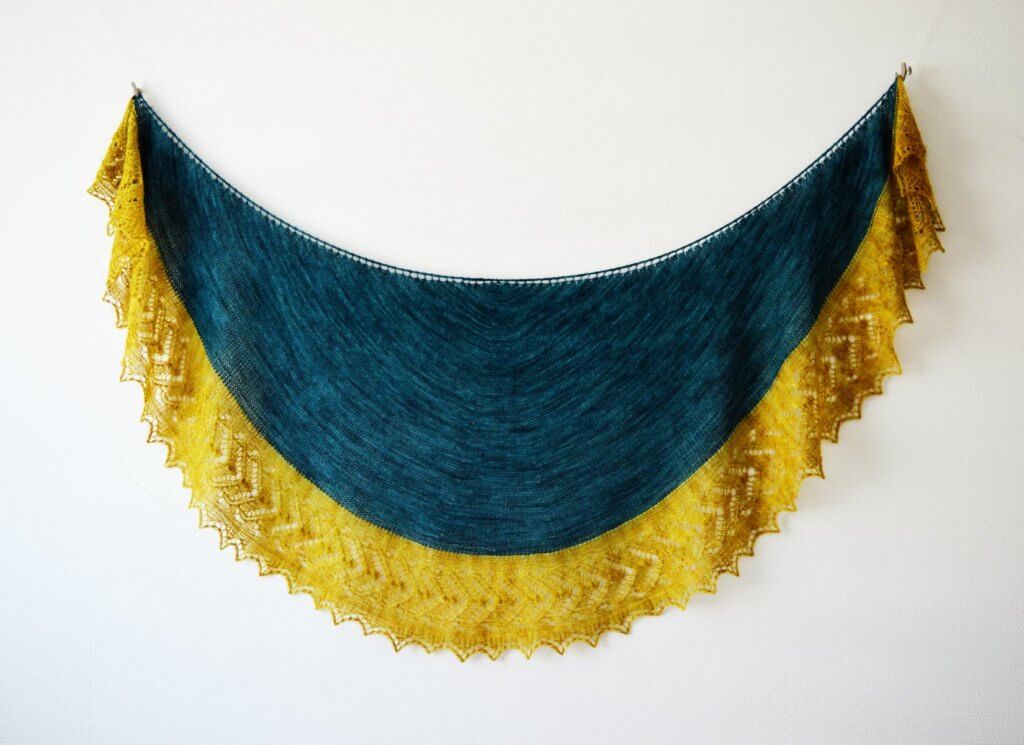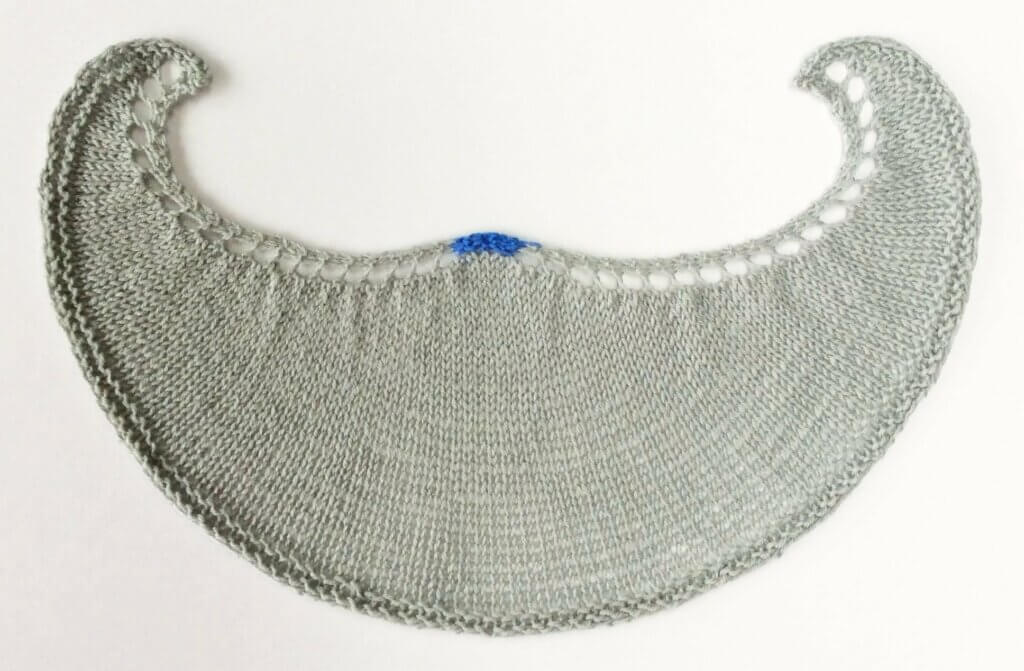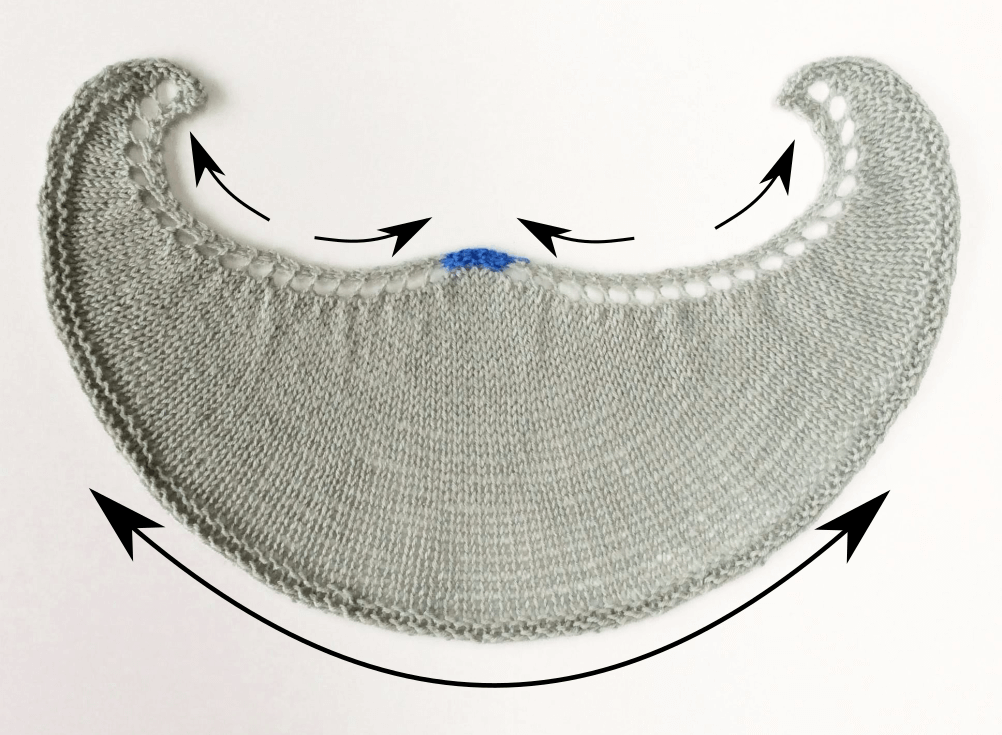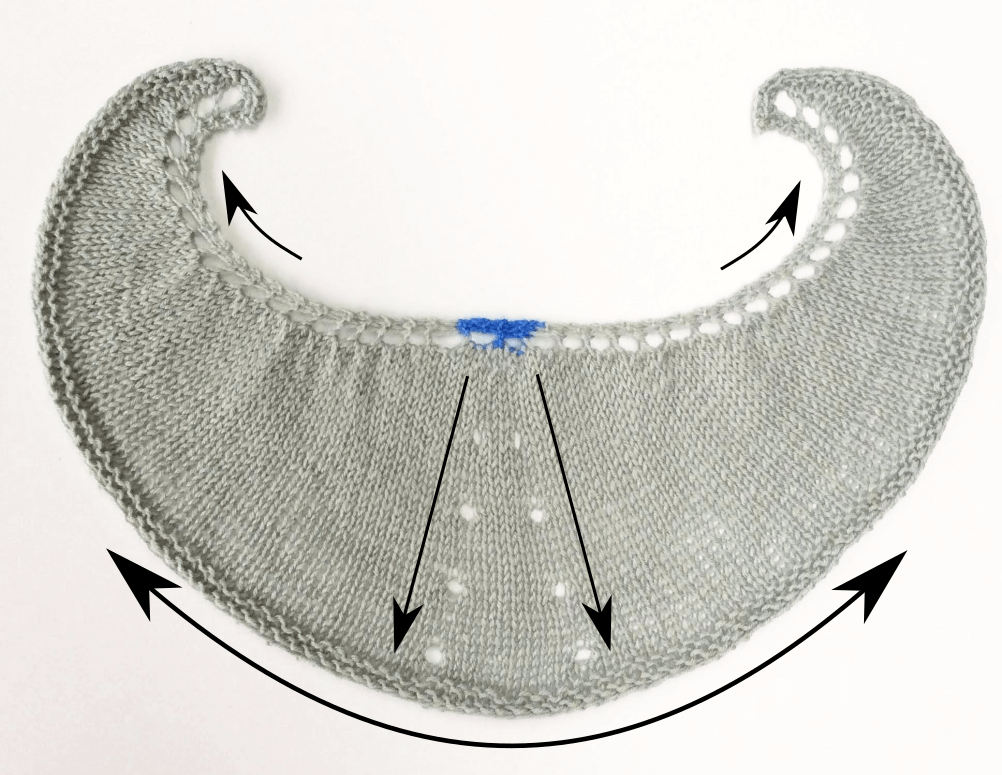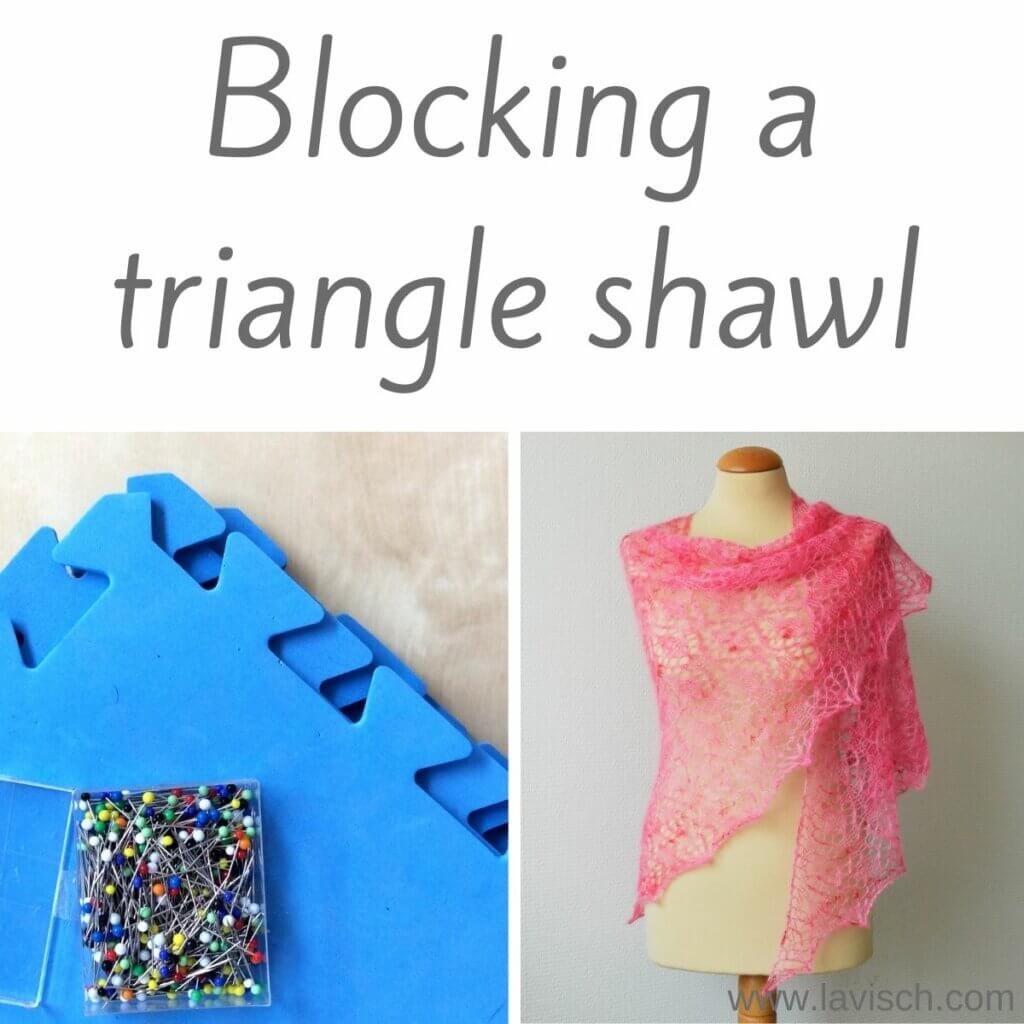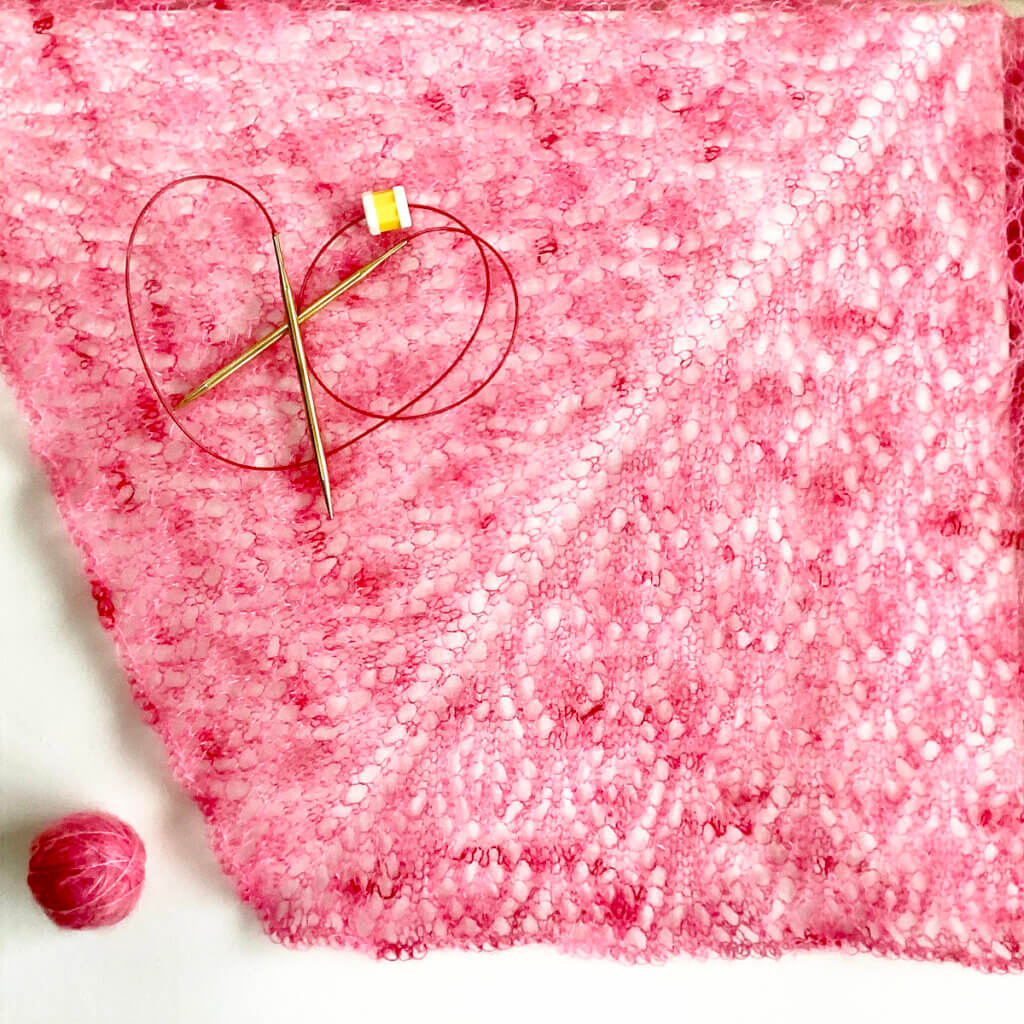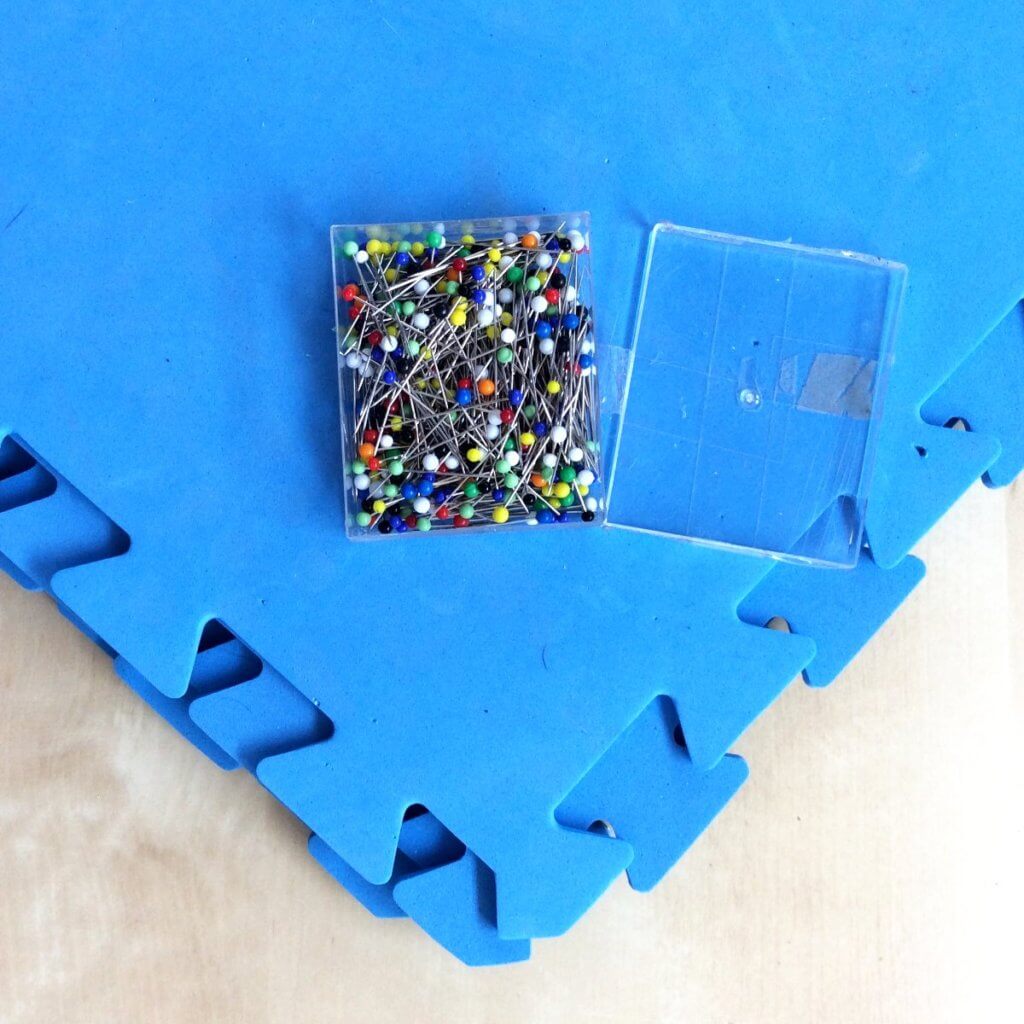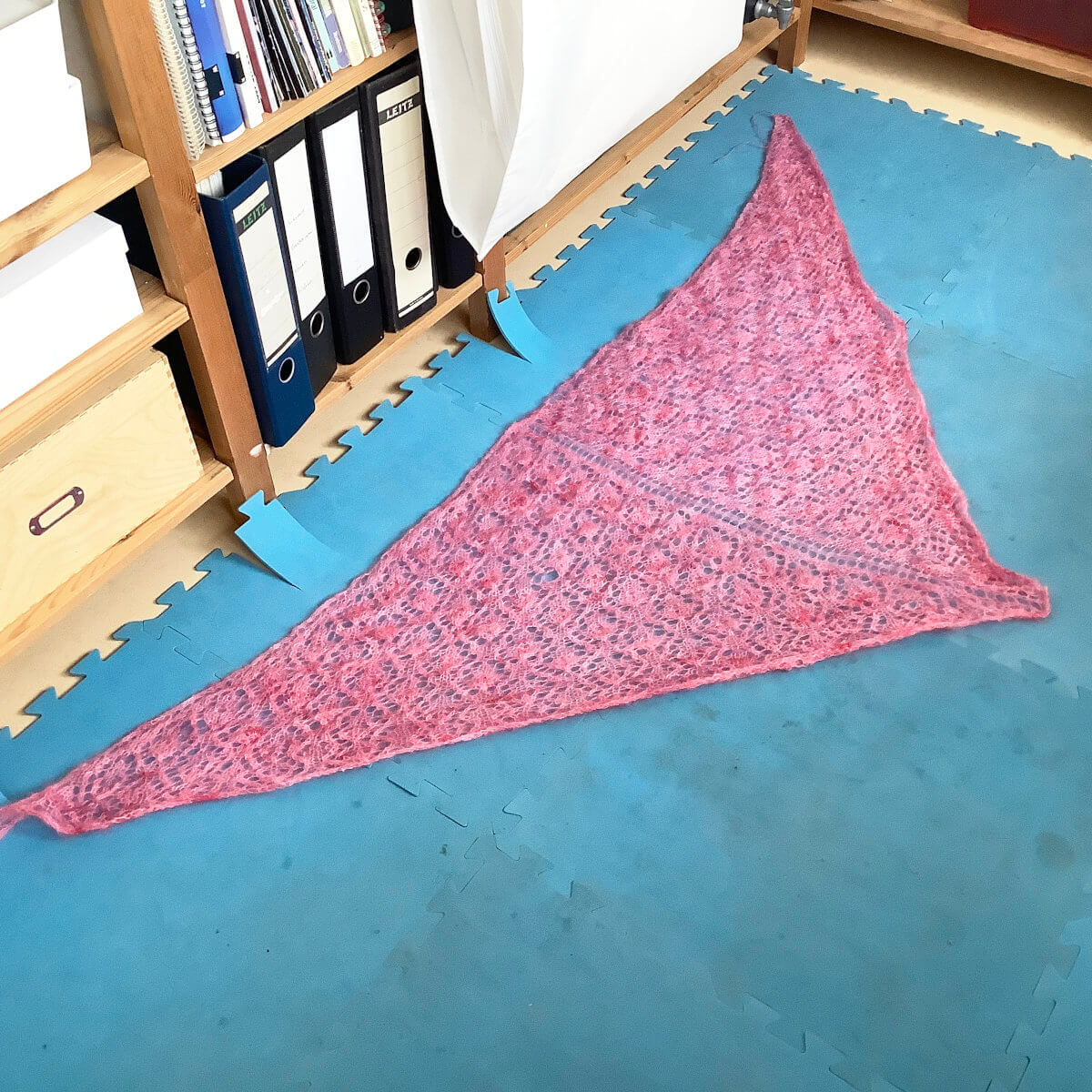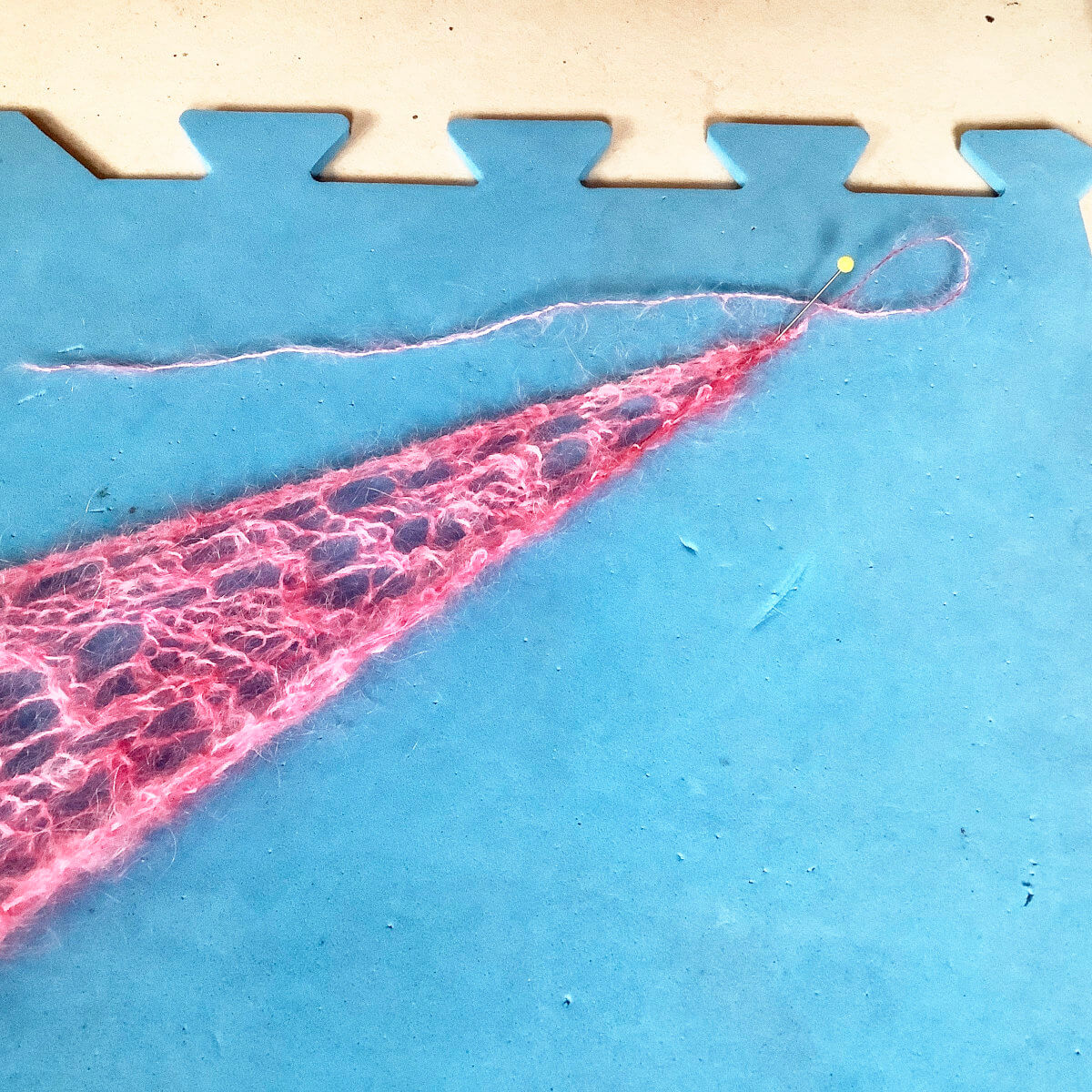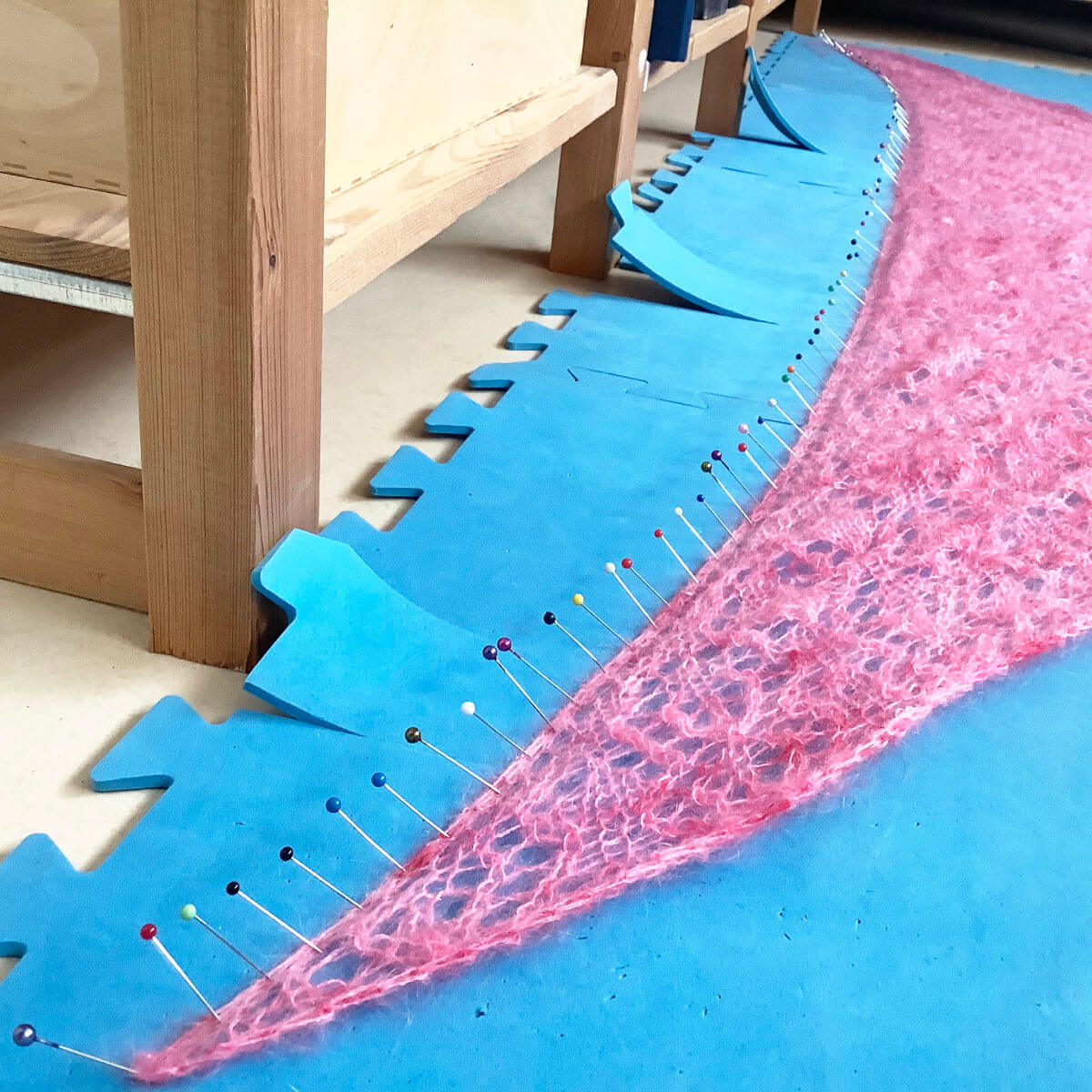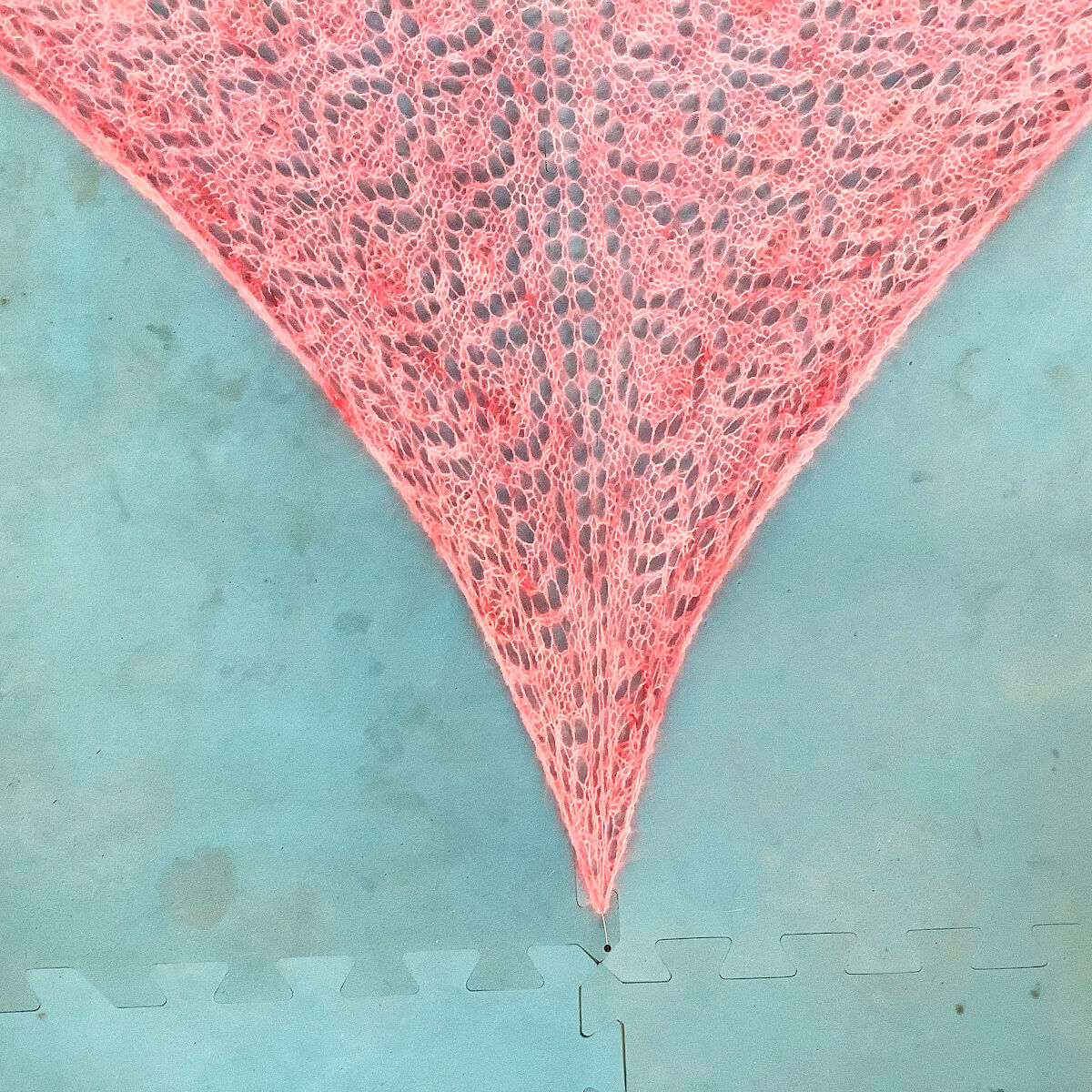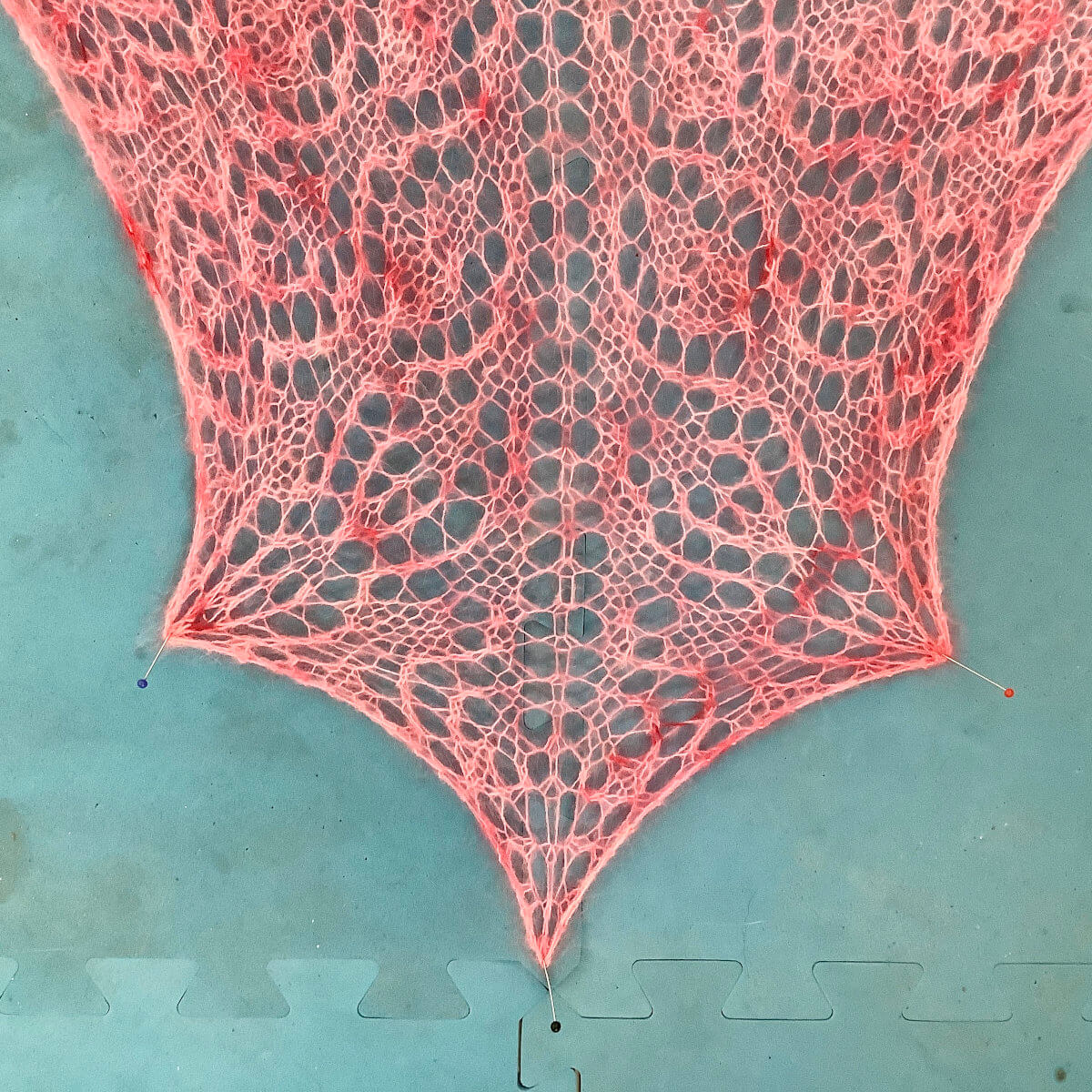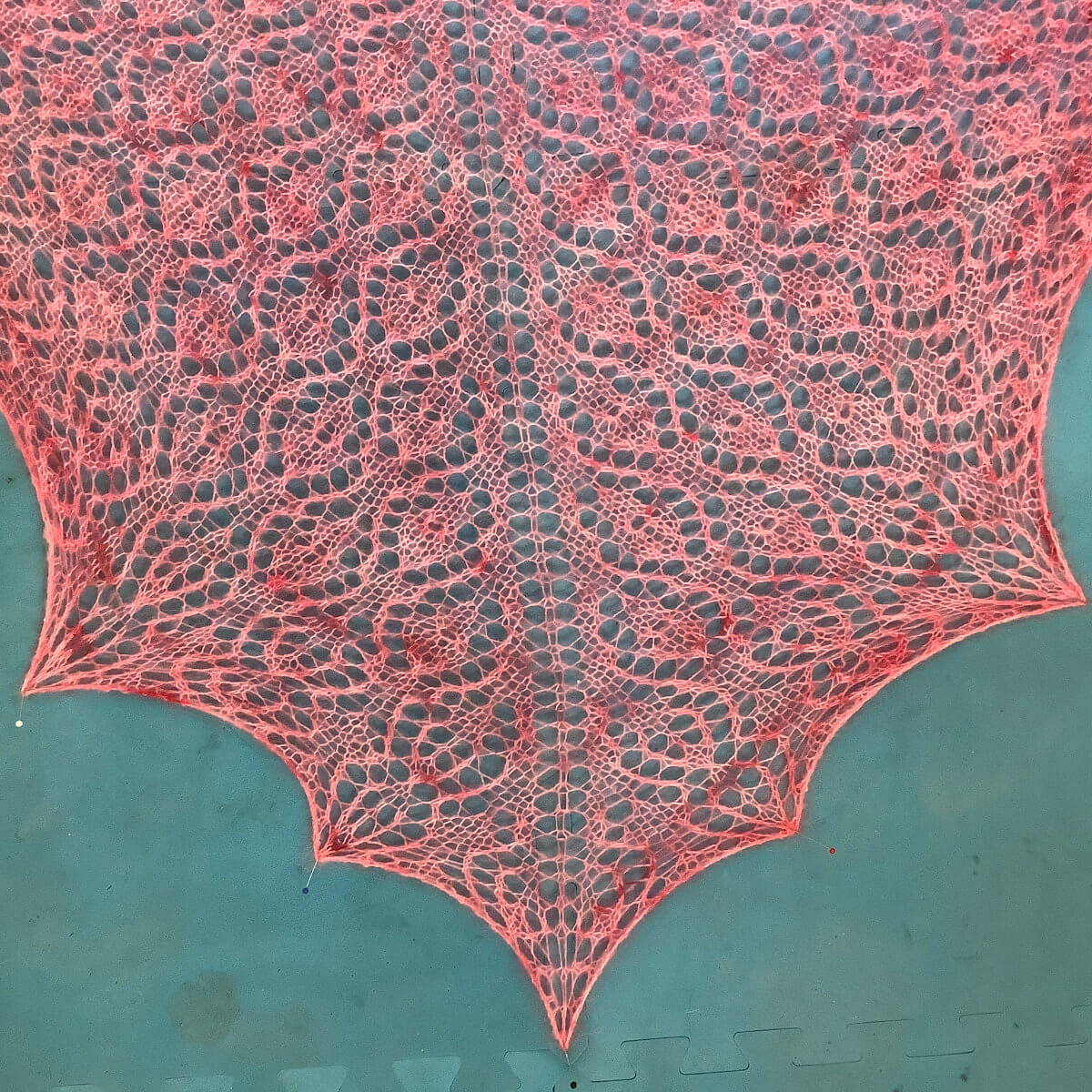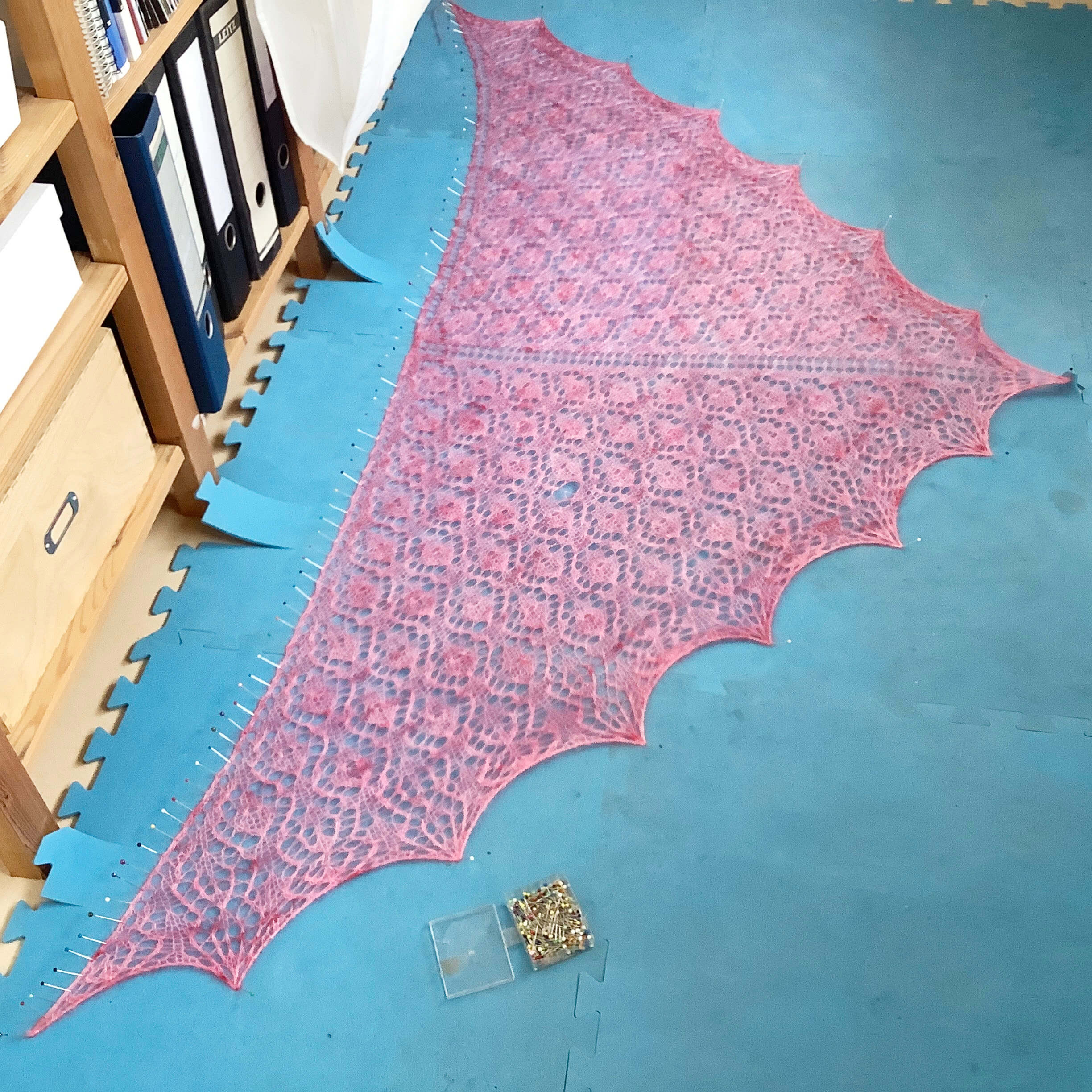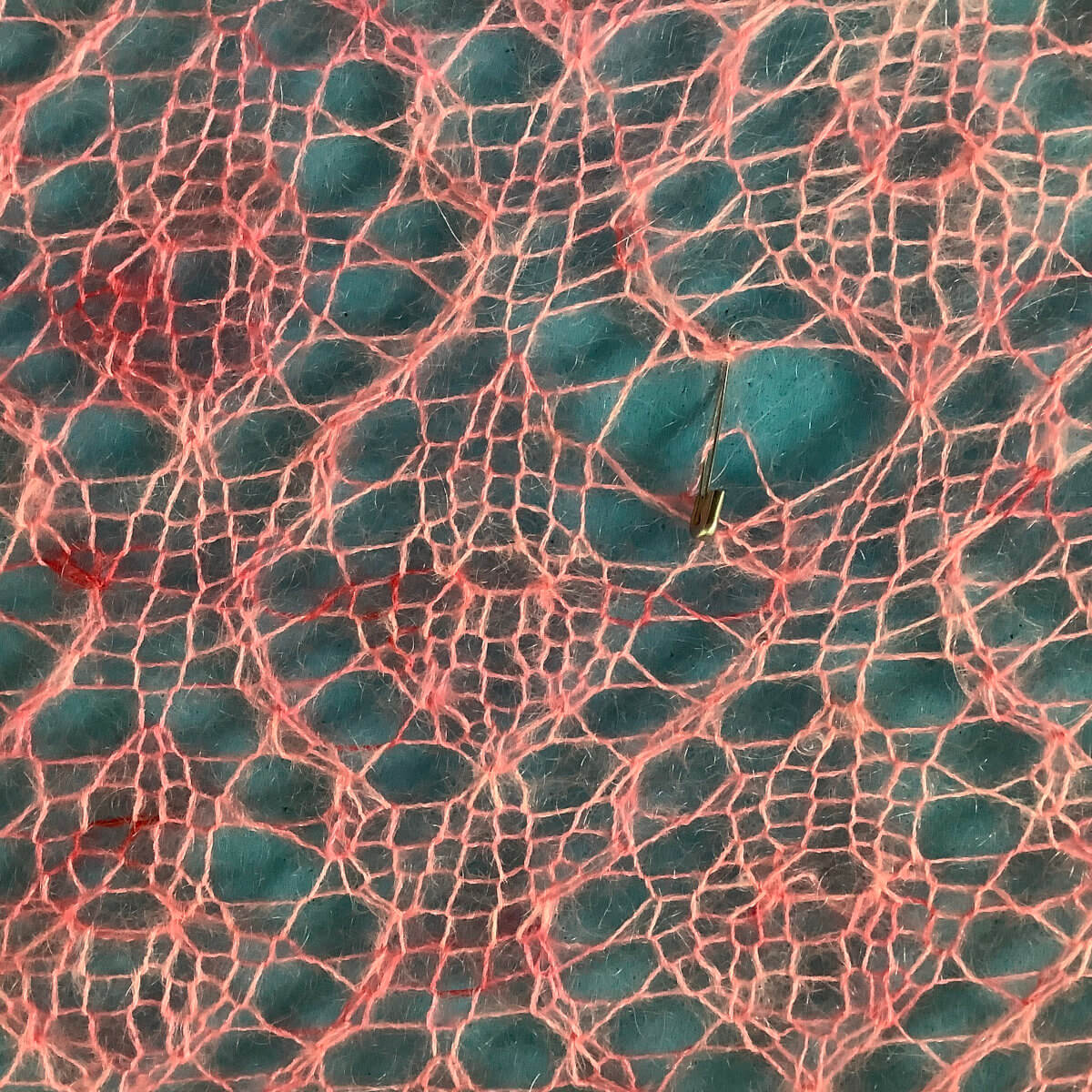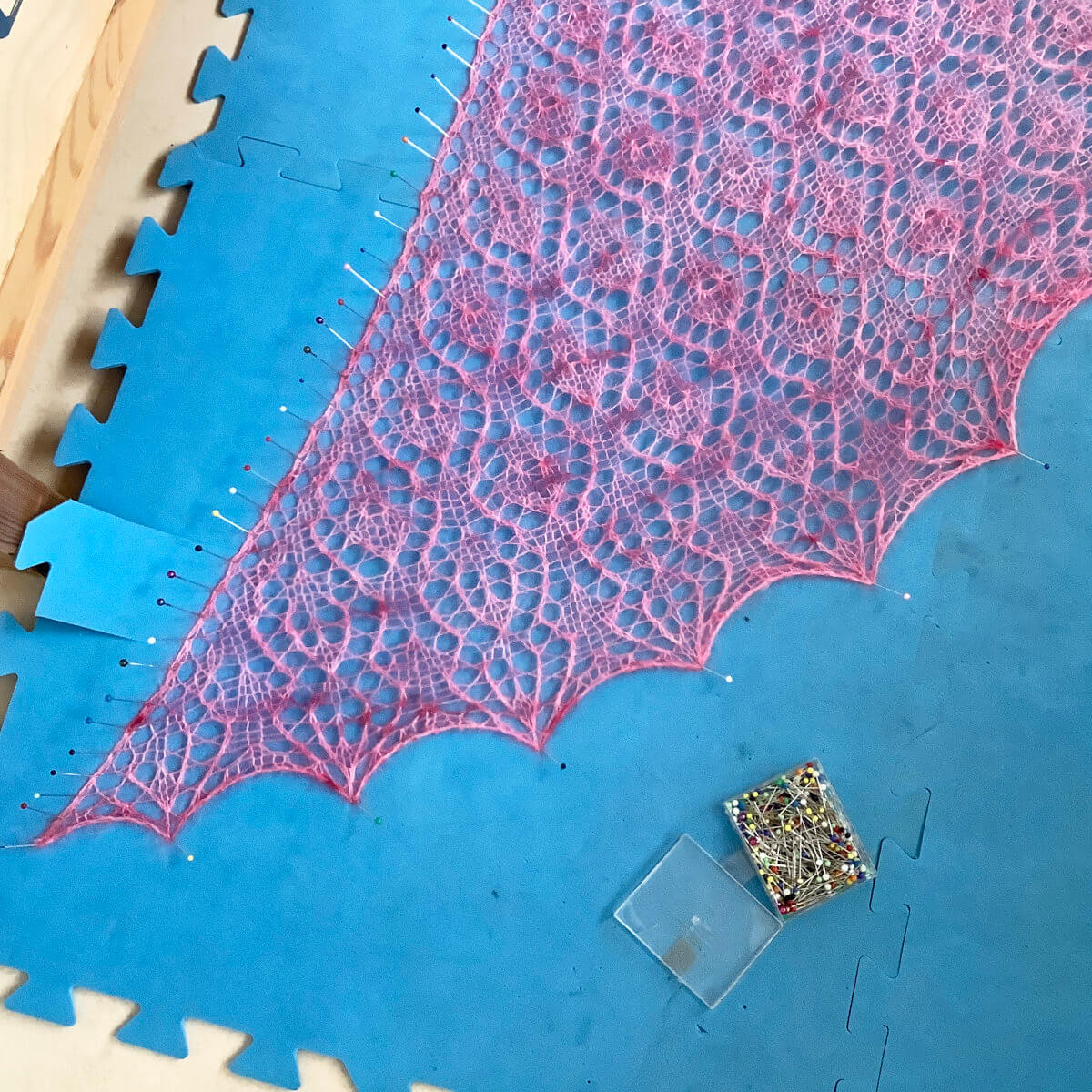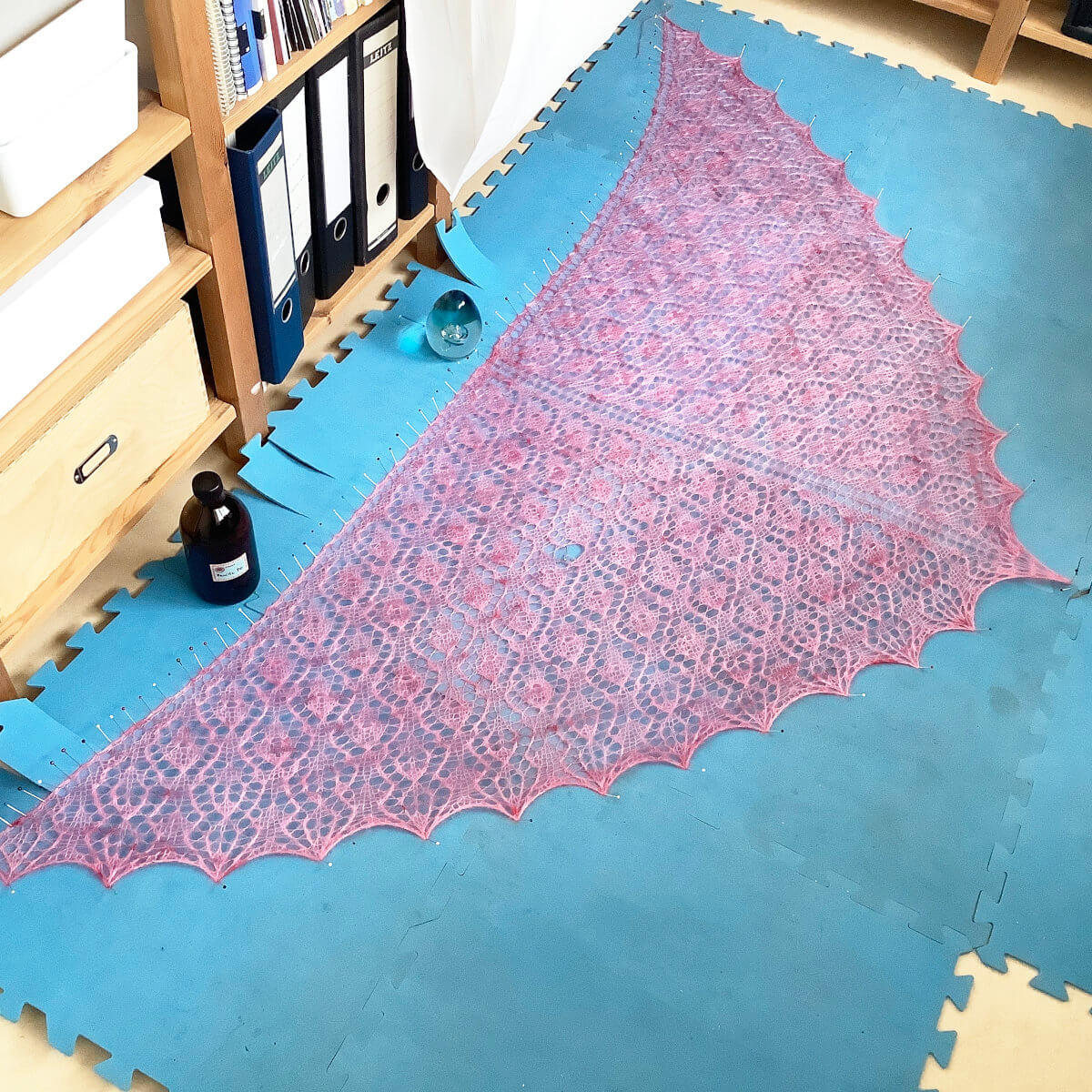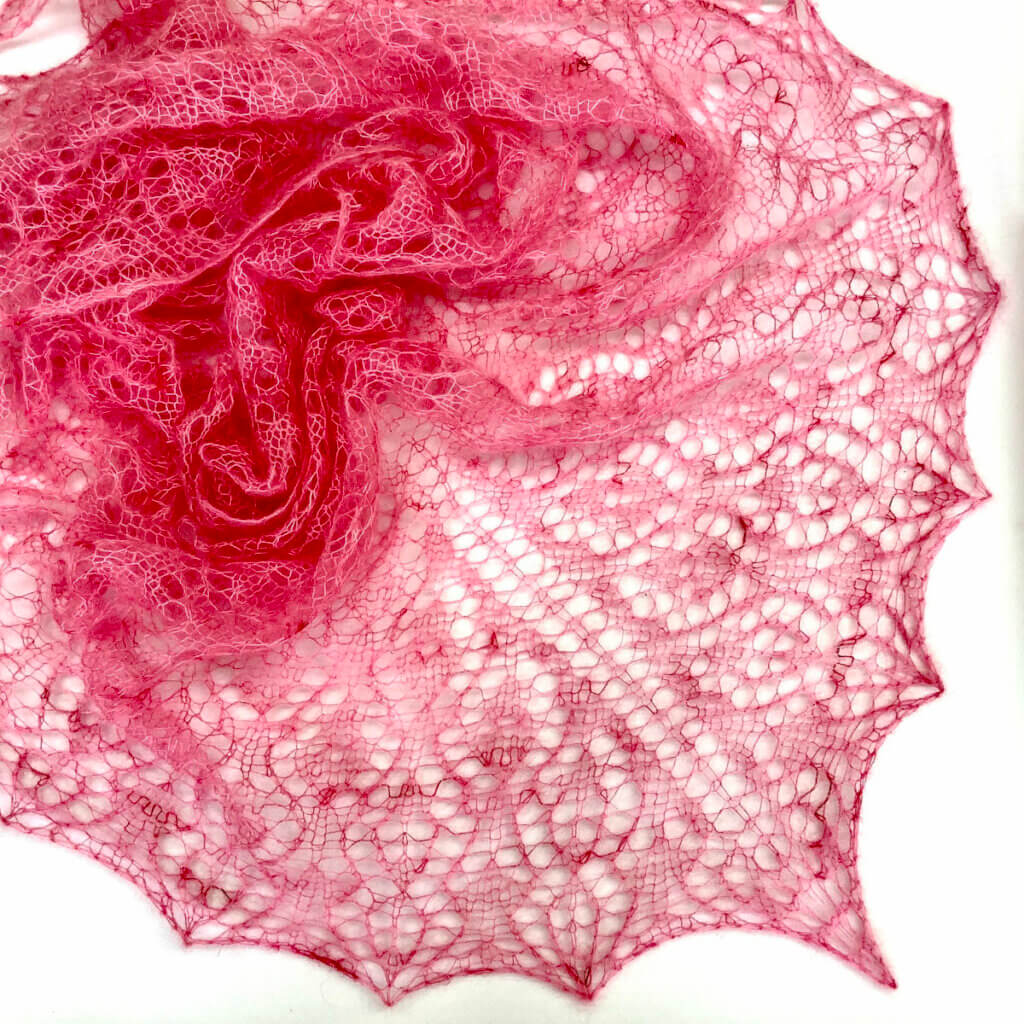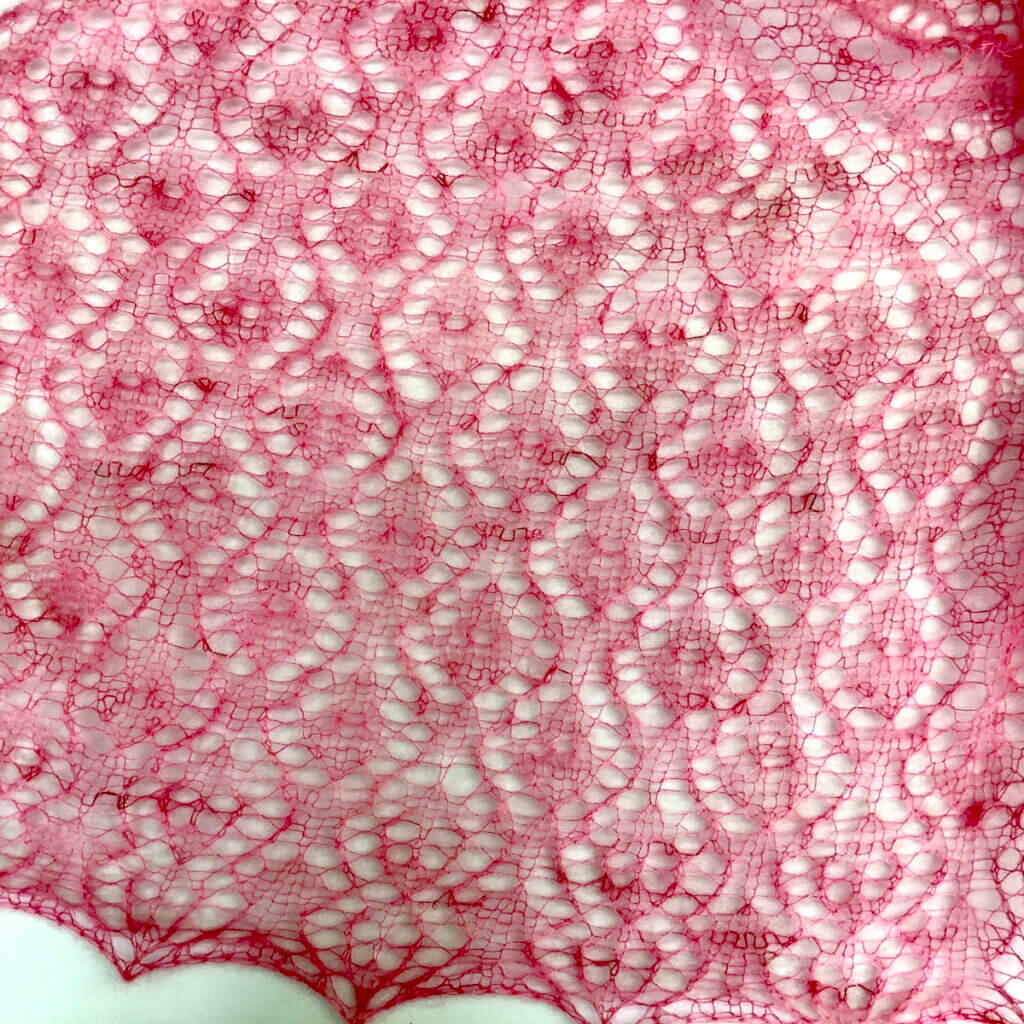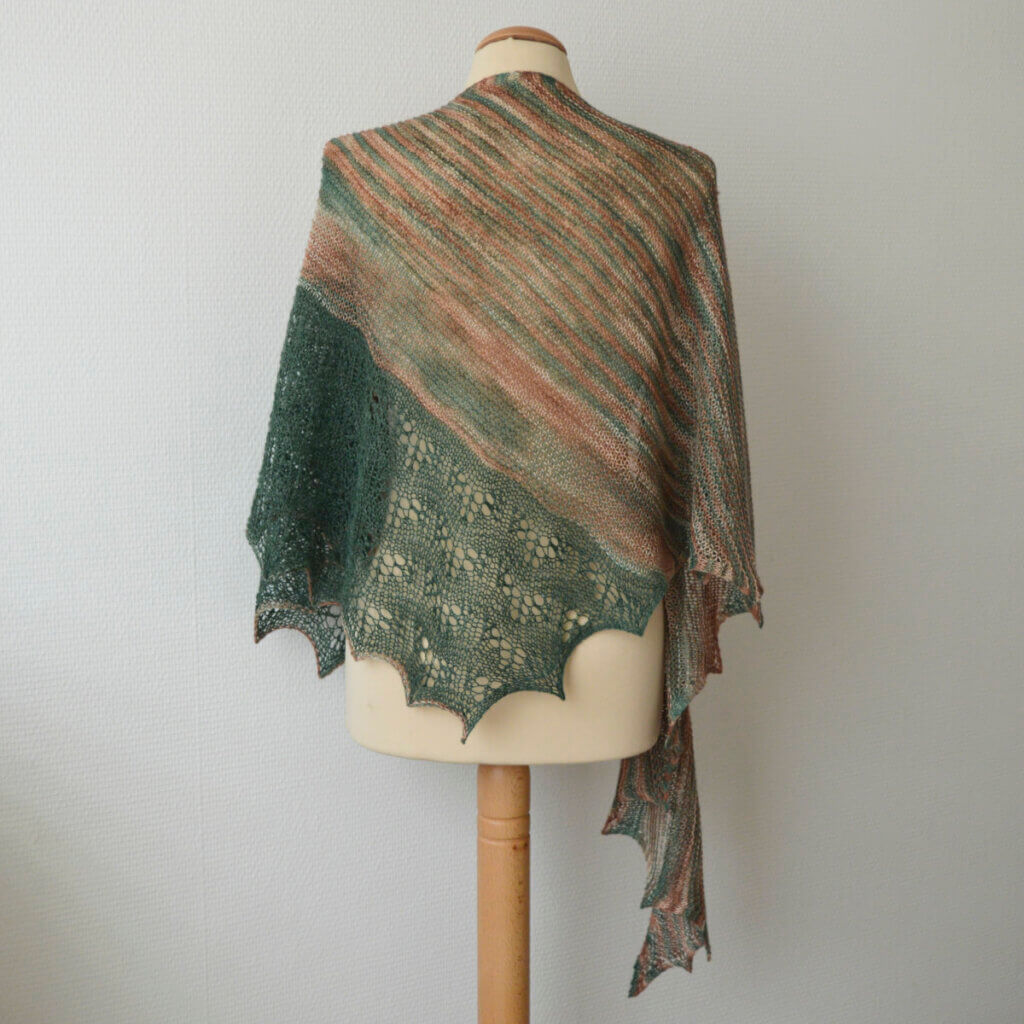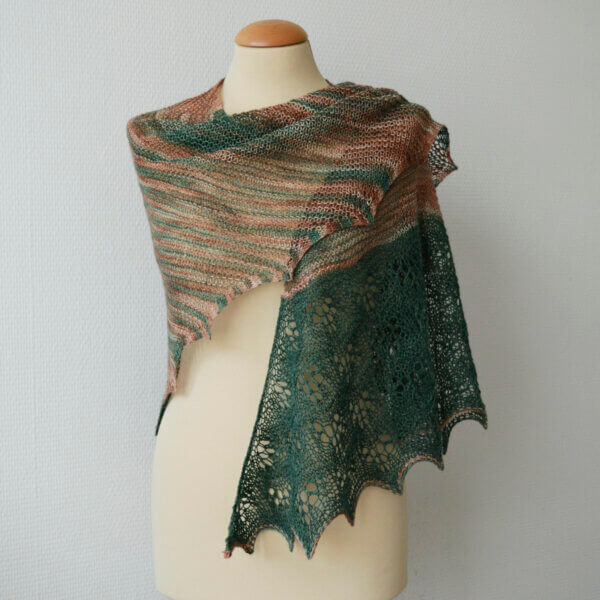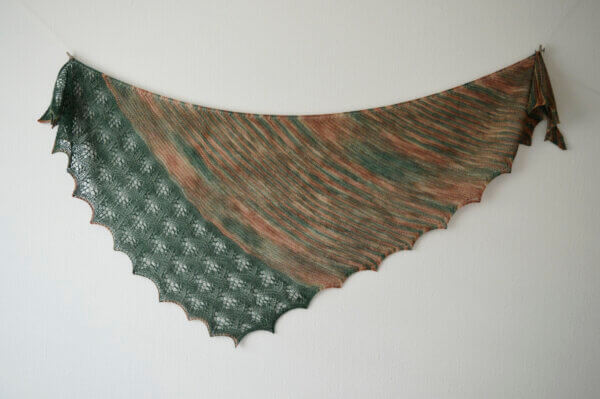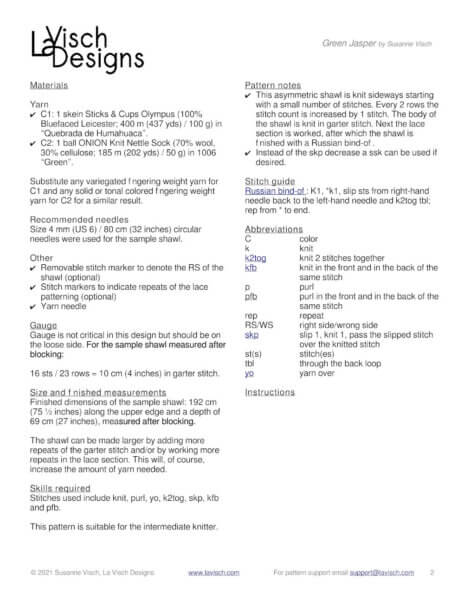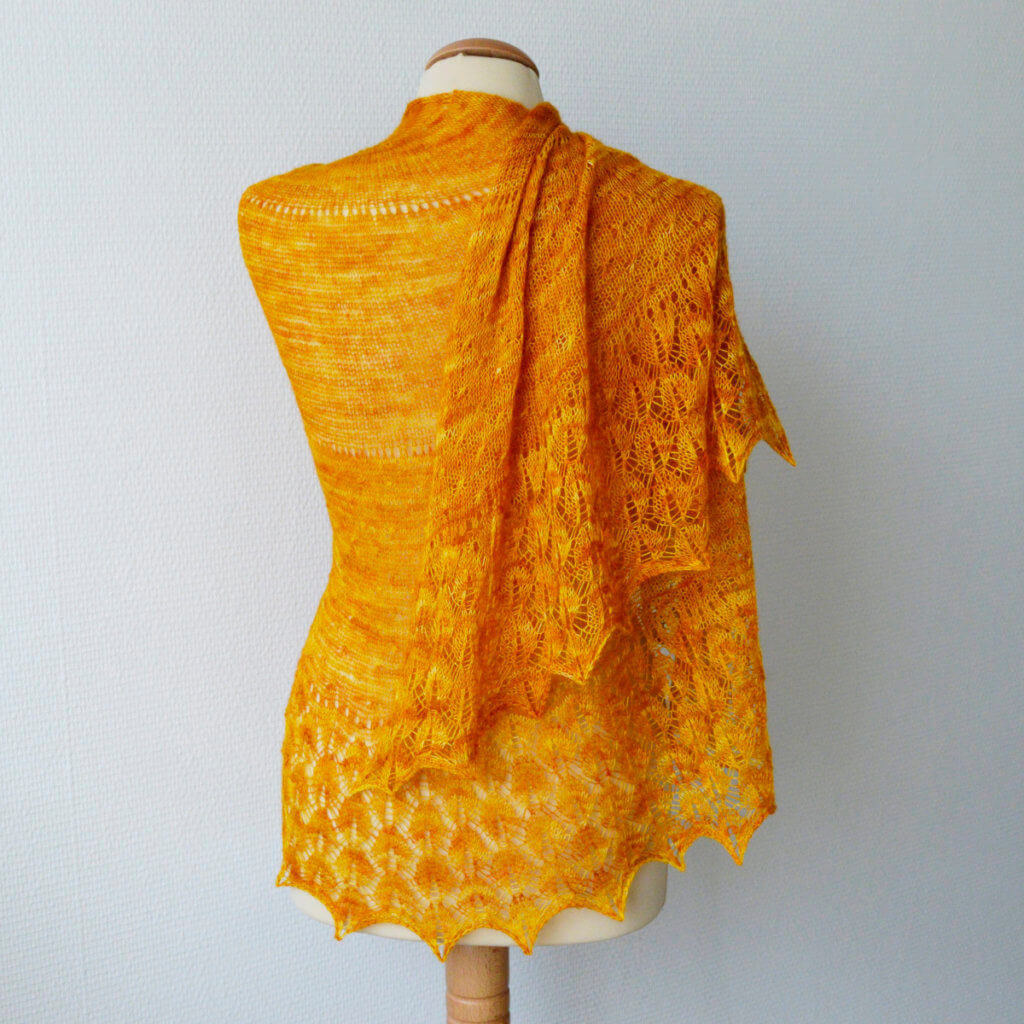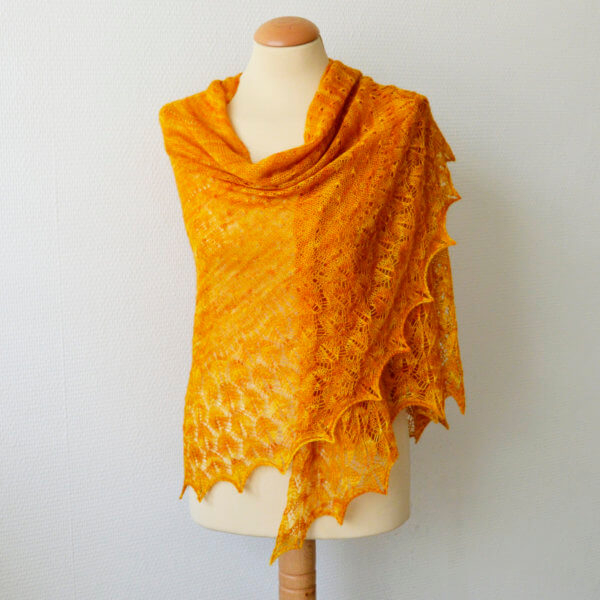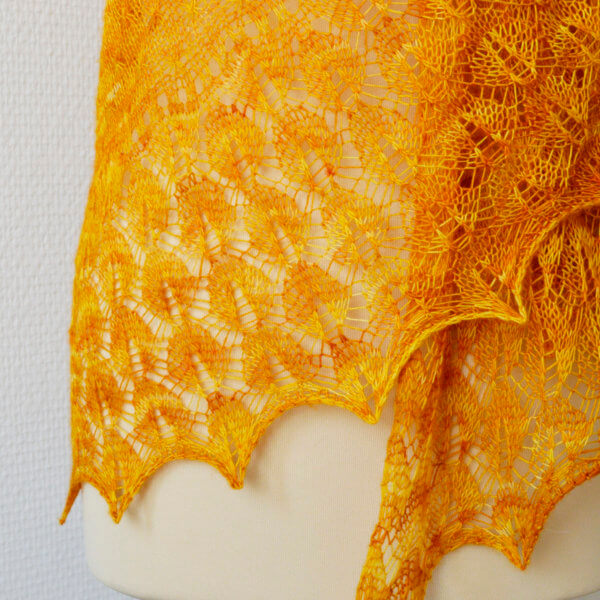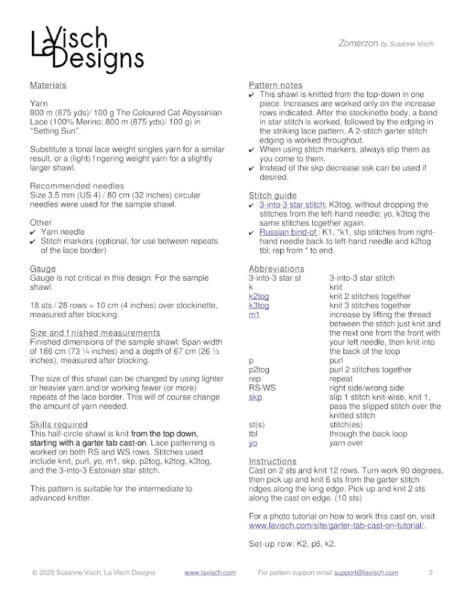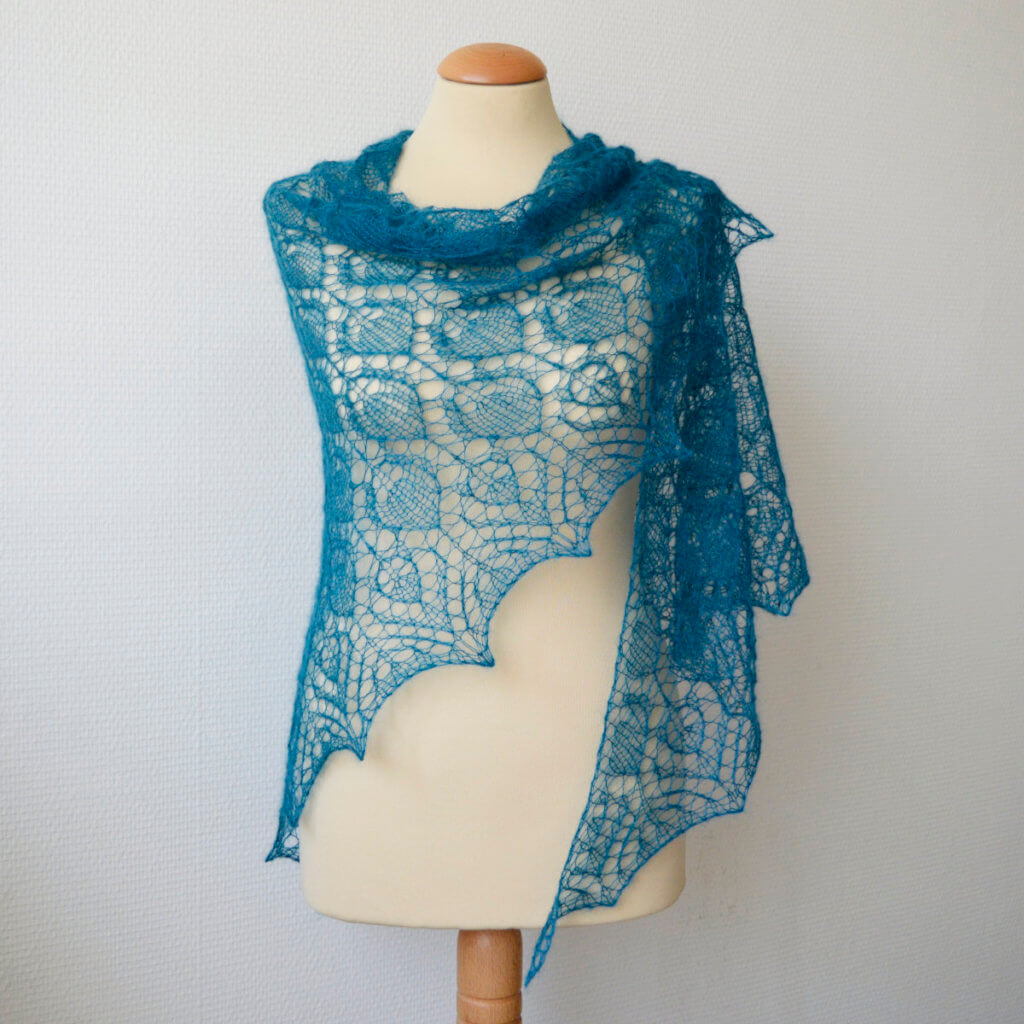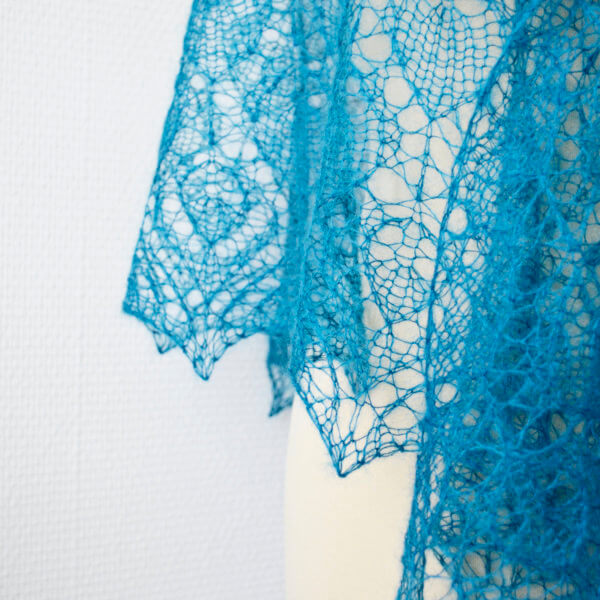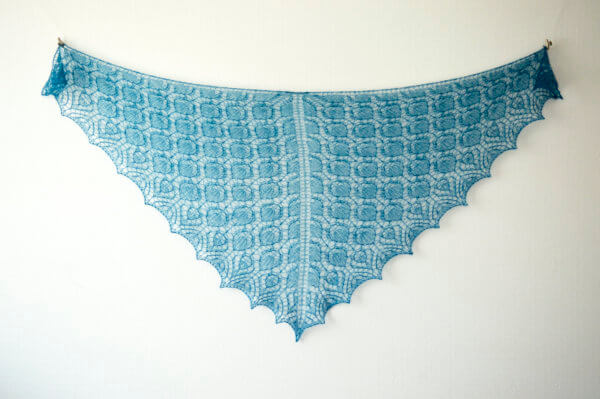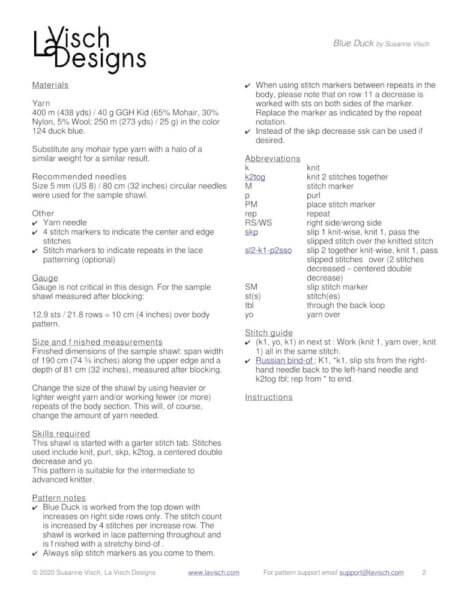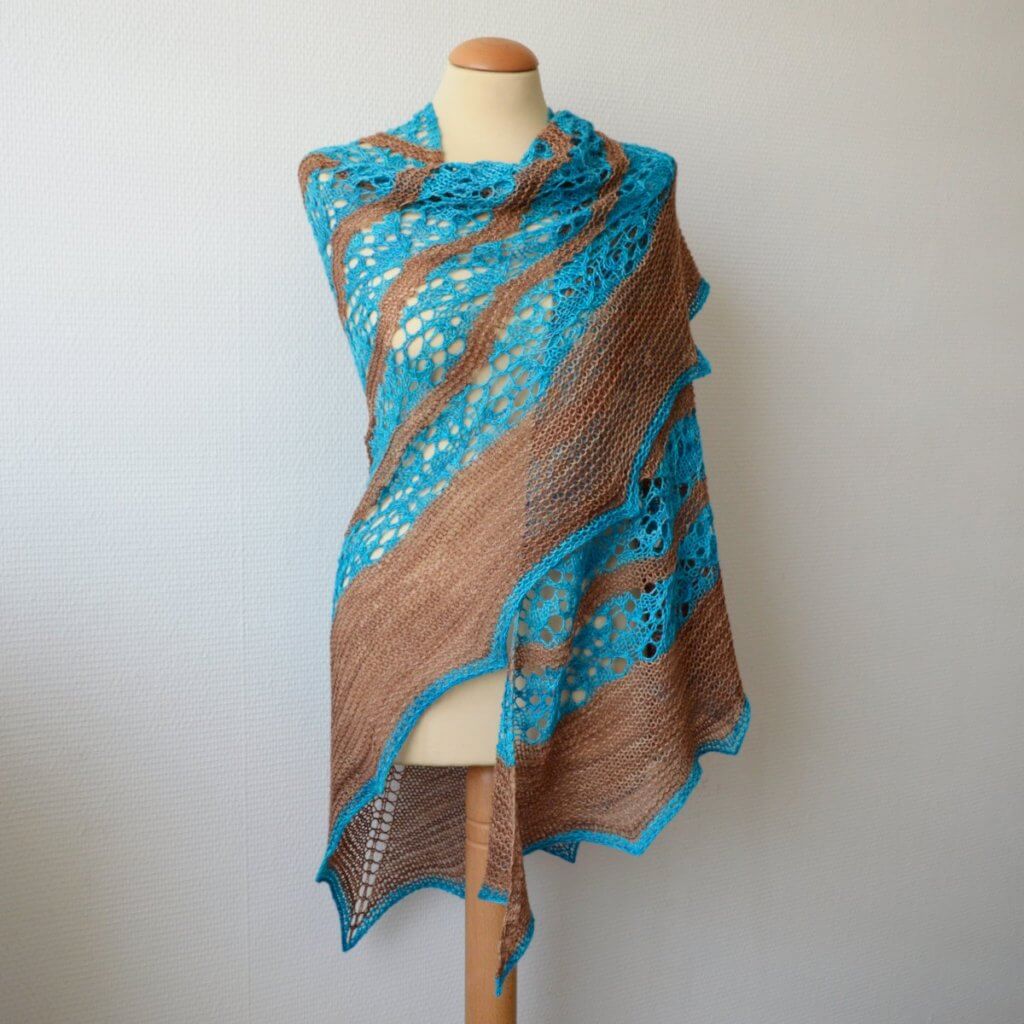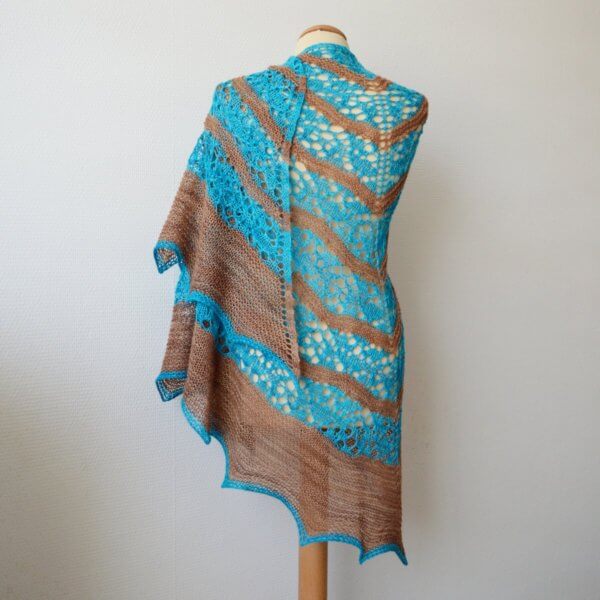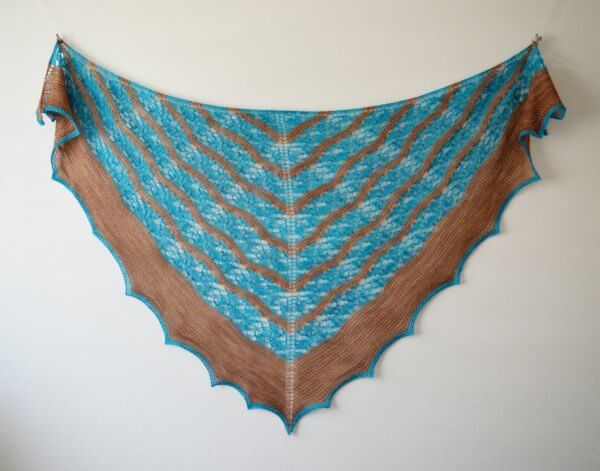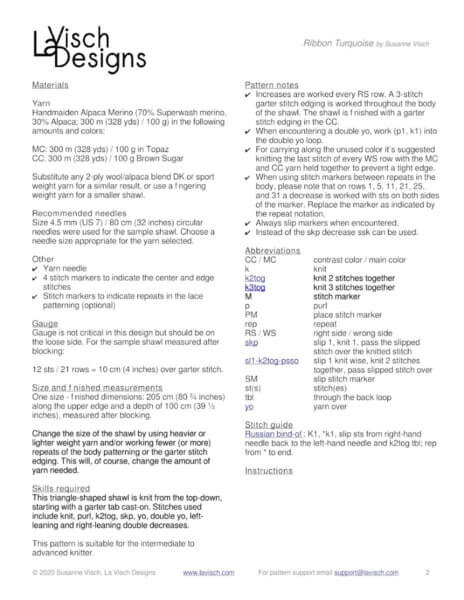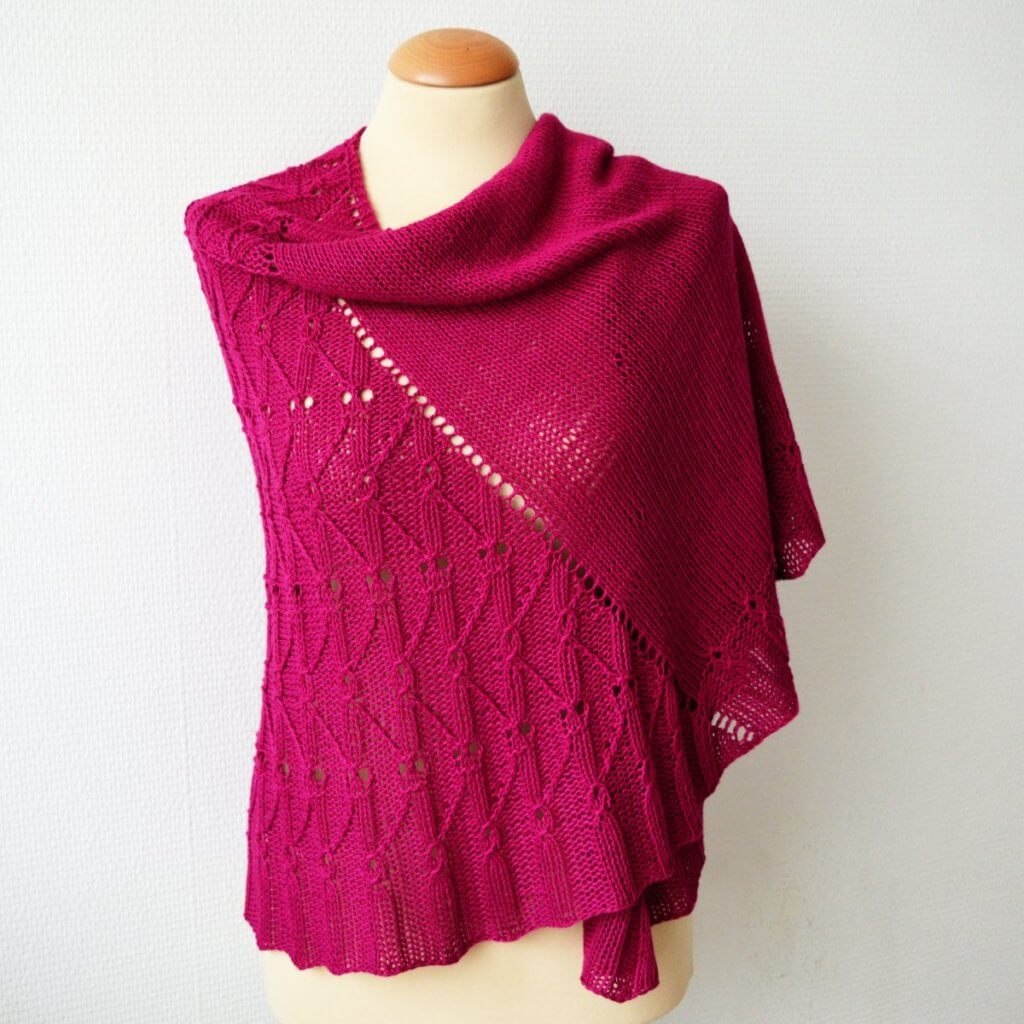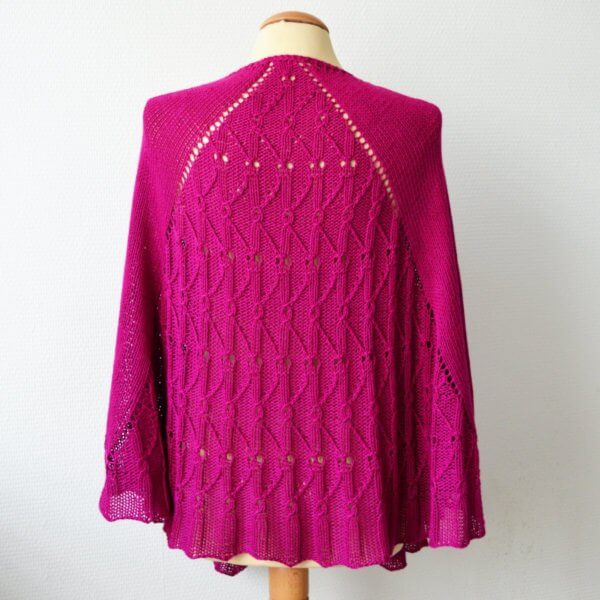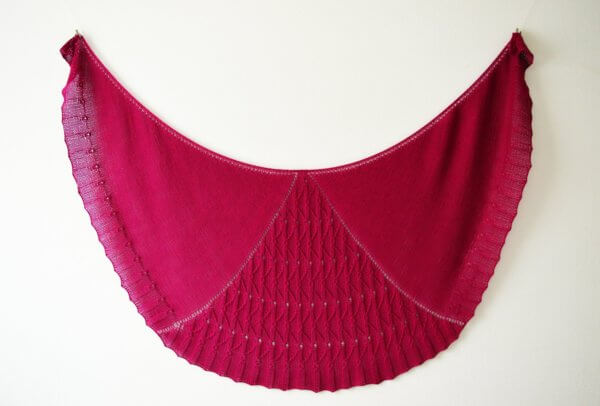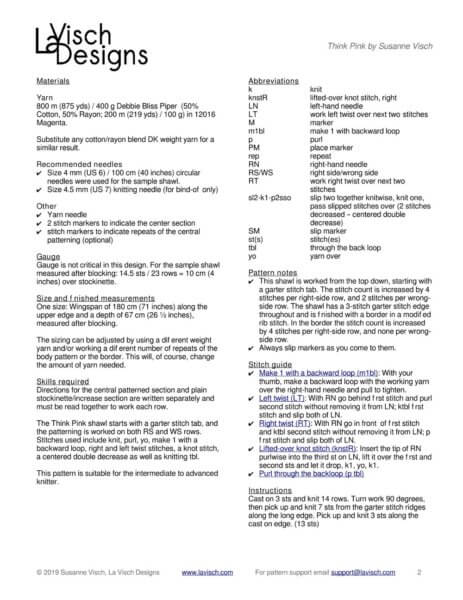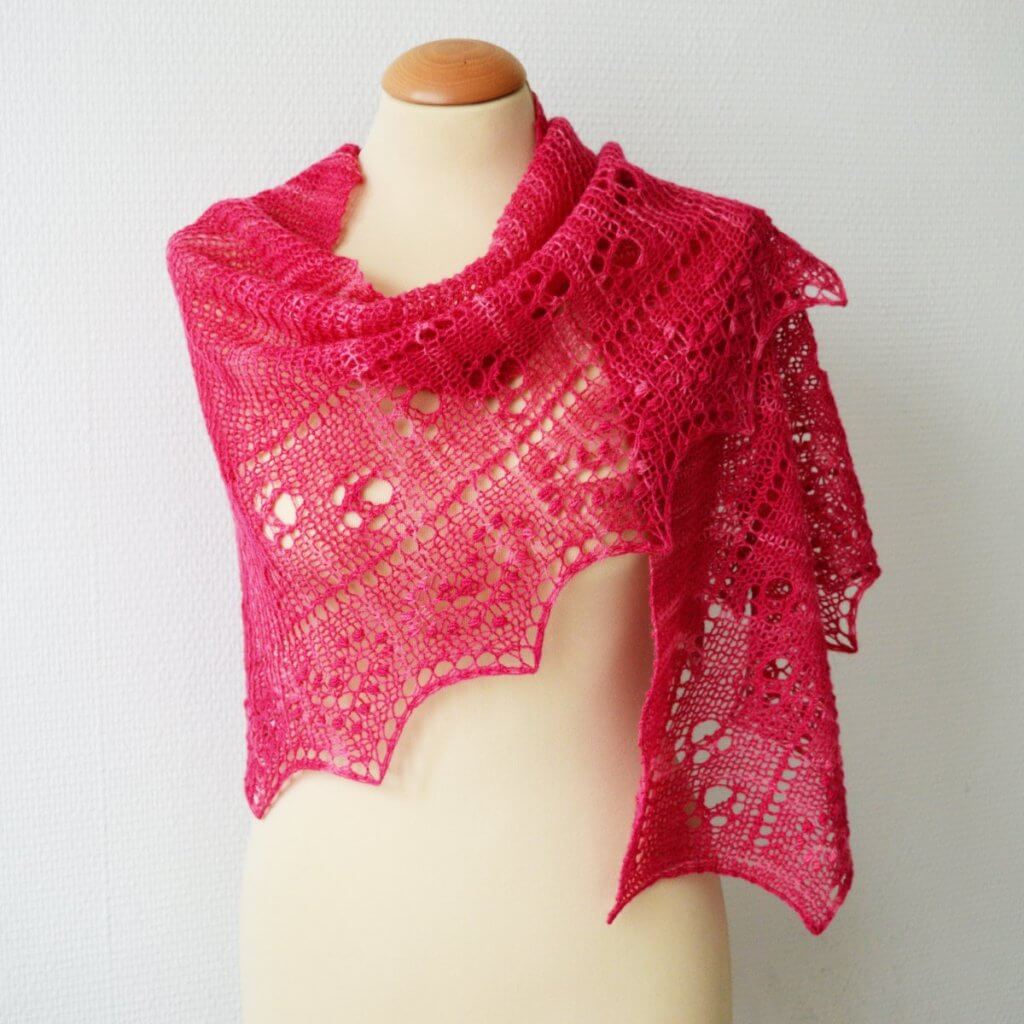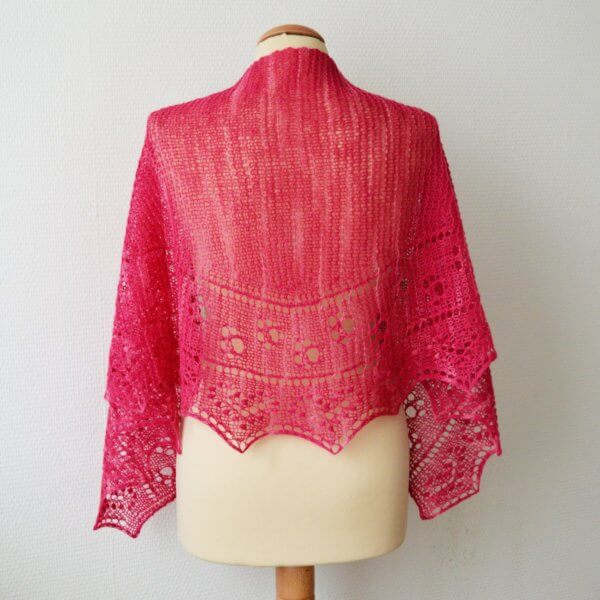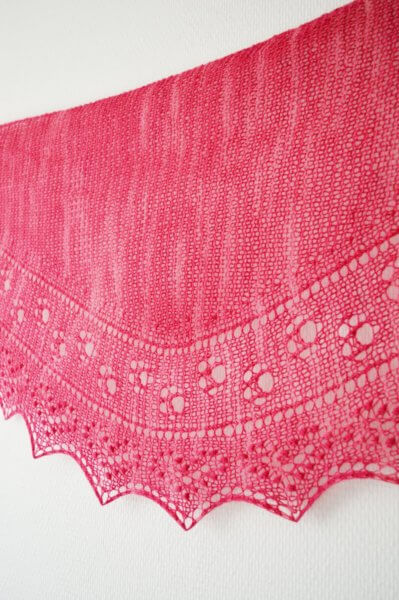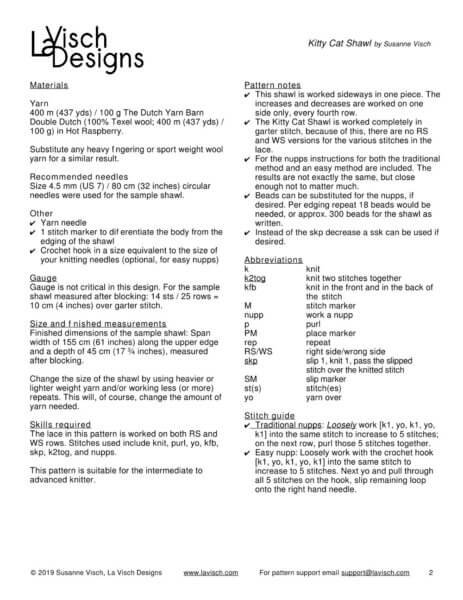mamaku
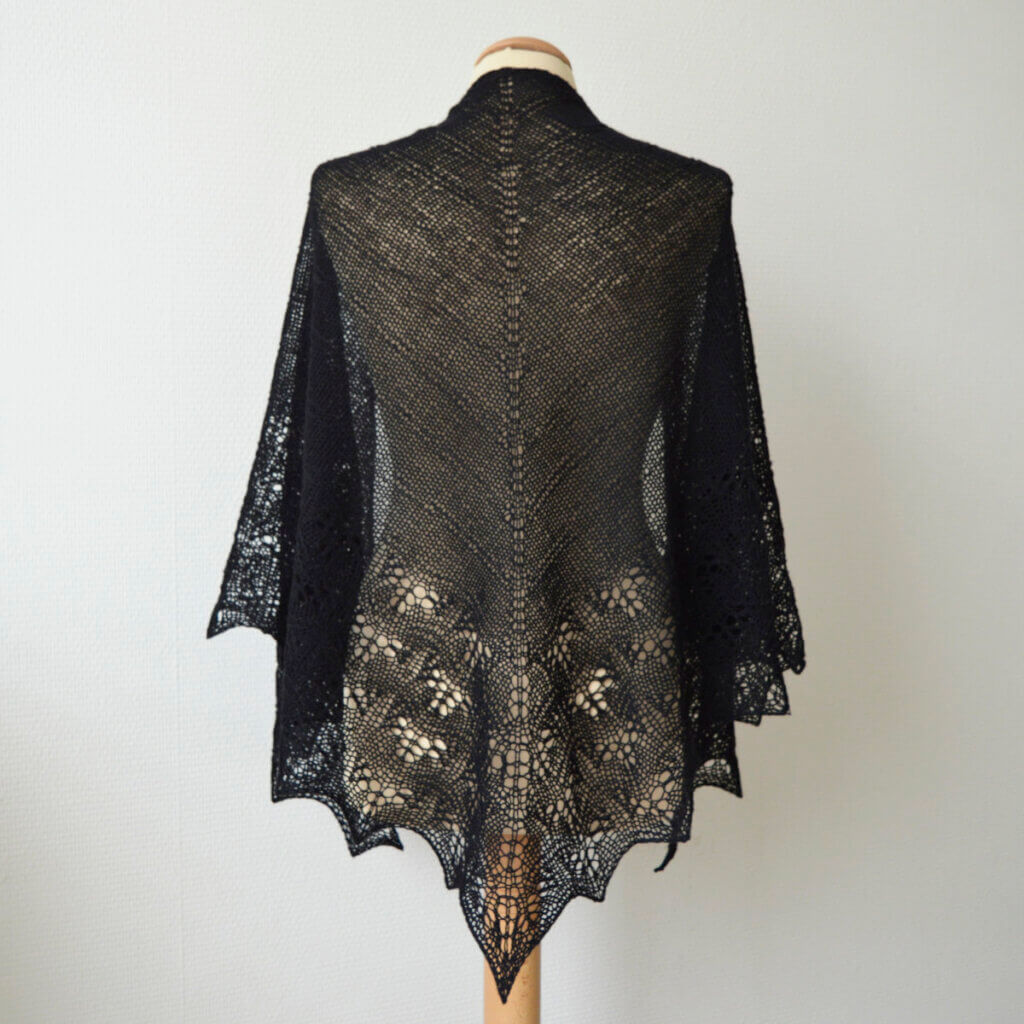
Mamaku, scientifically known as Cyathea medullaris, is a black tree fern native to New Zealand, that is commonly found in damp gullies across forested areas in the country. While I’ve never been to New Zealand, the lace edging of this shawl really looks like fern fronds. The Mamaku shawl pairs this delightful lace edging with a lovely, relaxing-to-knit textured body.
This shawl is knitted from the top-down in one piece, starting at the neck edge with a garter stitch tab. The instructions for the edging are both charted and written out.
Pay what you want: (minimum €6.50)
Difficulty level
This shawl is worked from the top down, starting with a garter stitch tab. Stitches used include knit, purl, yo, k2tog, skp, kfb, m1l, and m1r increases. This pattern is therefor suitable for the intermediate knitter.
Sizes and finished measurements
Finished dimensions of the sample shawl: 175 cm (68 ¾ inches) and a depth of 85 cm (33 ½ inches), measured after blocking.
Change the size of this shawl by using lighter or heavier yarn and/or working fewer (or more) repeats of the various sections of the shawl. This will, of course, change the amount of yarn needed.
Pattern details
- Mamaku has a gauge of approx. 14 sts / 25 rows = 10 cm (4 inches) over body pattern, measured after blocking. Gauge is not critical in this design, but for a look similar to the sample shown, a loose gauge is advised.
- Pattern languages included: English.
- Digital PDF has 4 pages (letter size)
Yarn
554 m (606 yds) / 100 g Ice Yarns Afro Wool (100% wool; 277 m (303 yds) / 50 g) in Black.
Substitute a 2-ply wool (light) fingering to sport weight yarn in a solid or tonal colorway for a similar result.
Materials
- In the sample shawl: Size 4 mm (US 6) / 80 cm (32 inches) circular needles. Use needles appropriate for the yarn chosen.
- 4 stitch markers to indicate the center stitch and the edge stitches.
- Stitch markers to indicate repeats of the lace patterning (optional)
- Yarn needle


